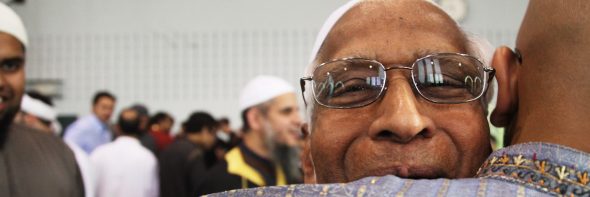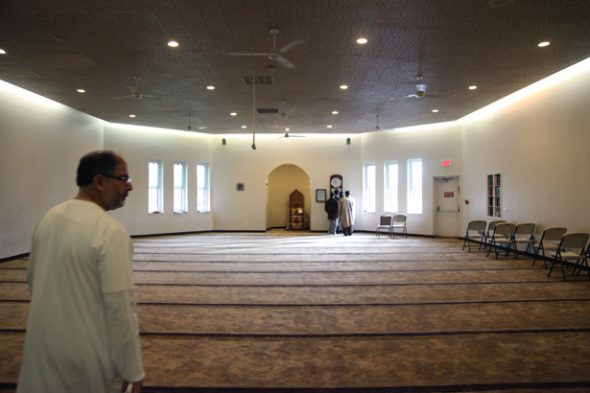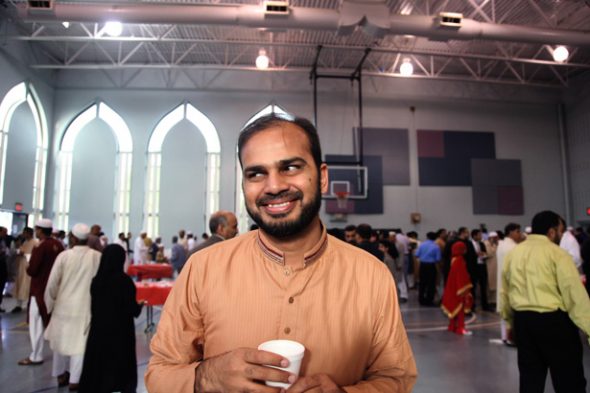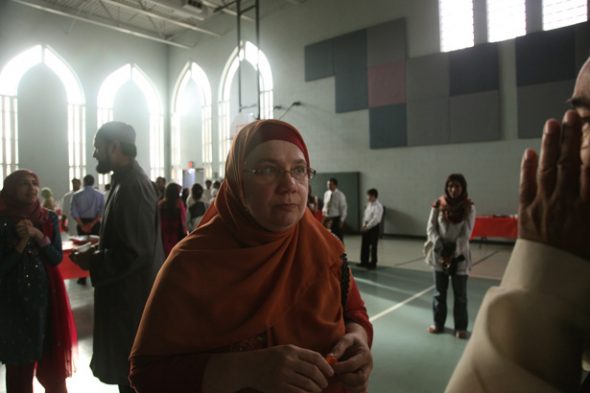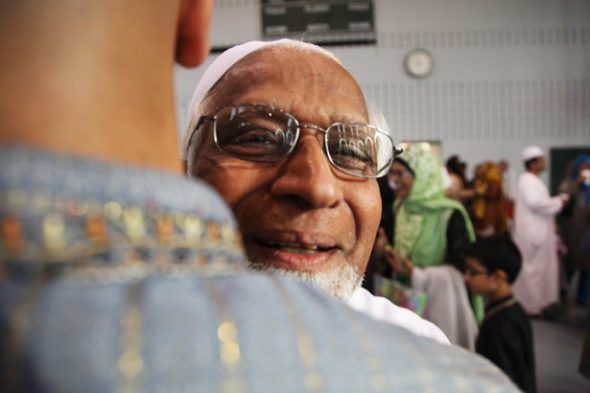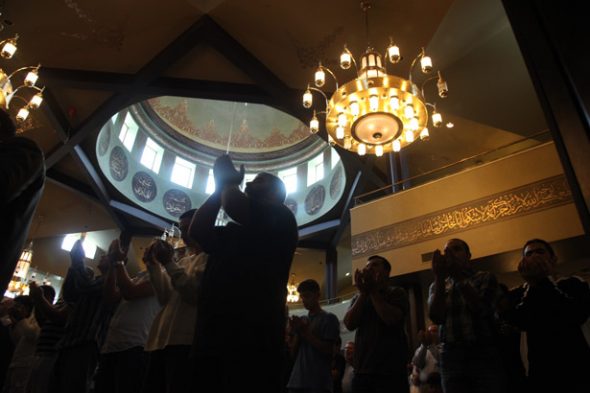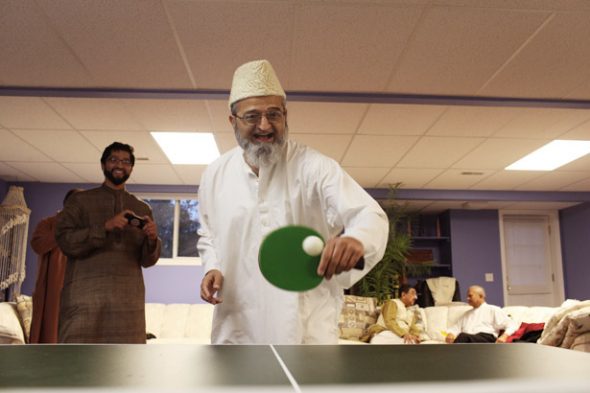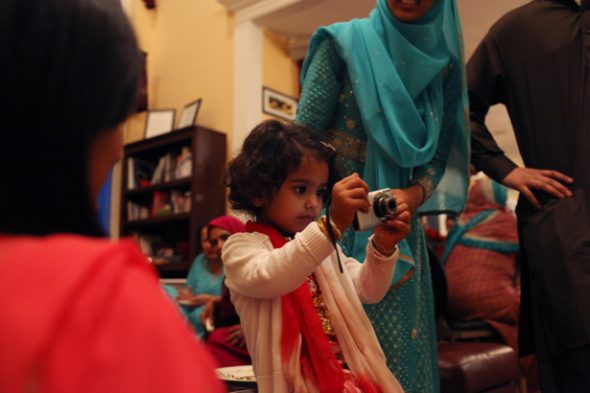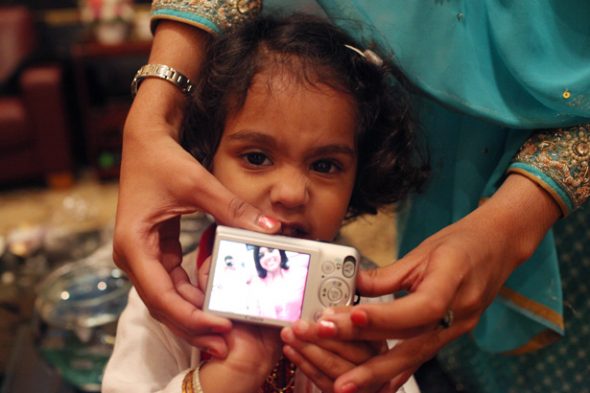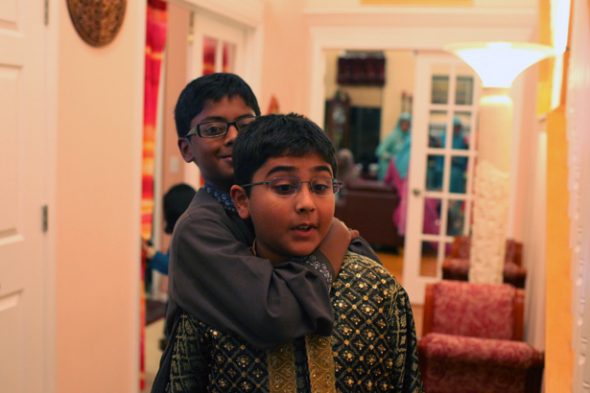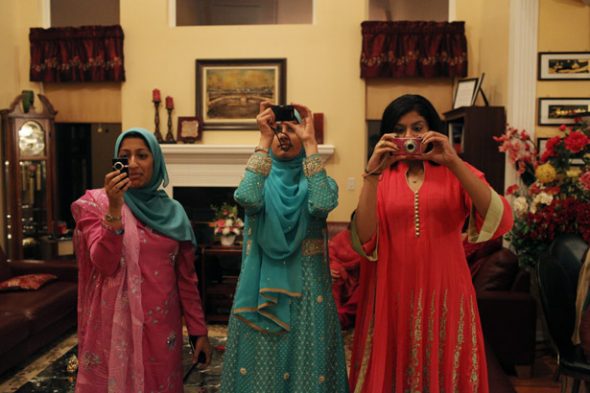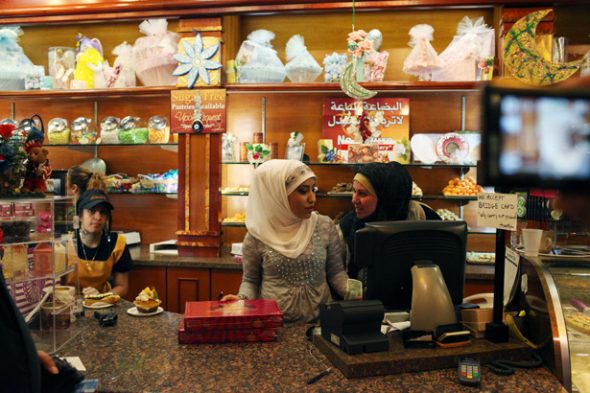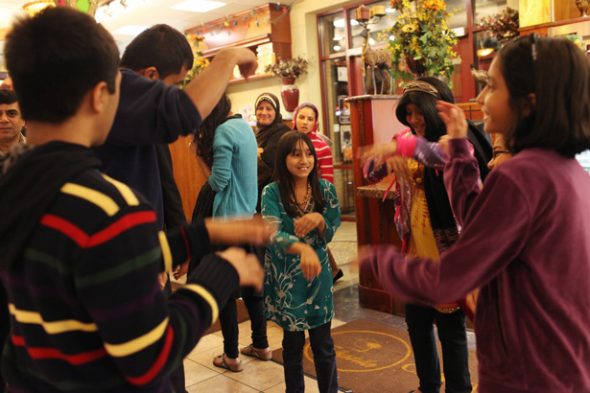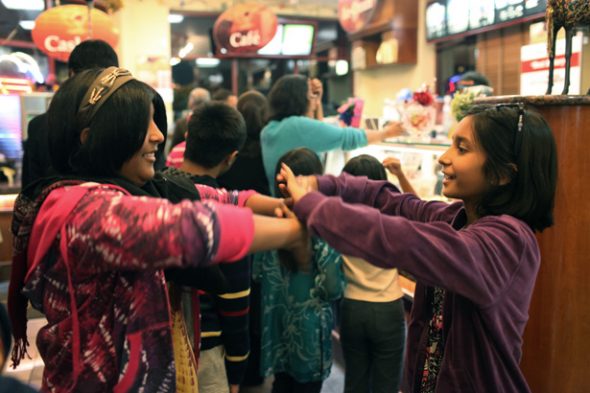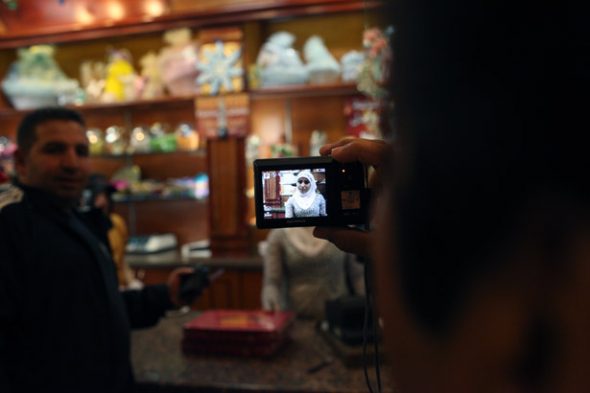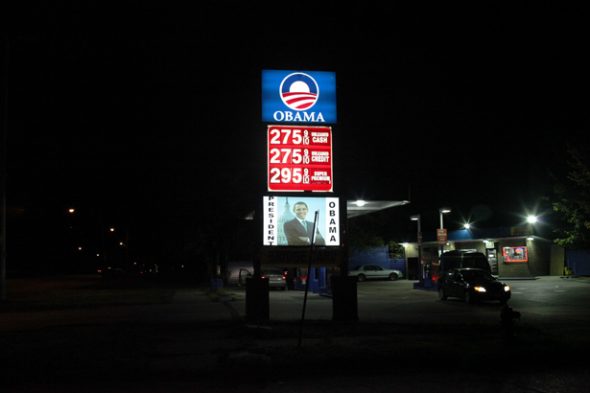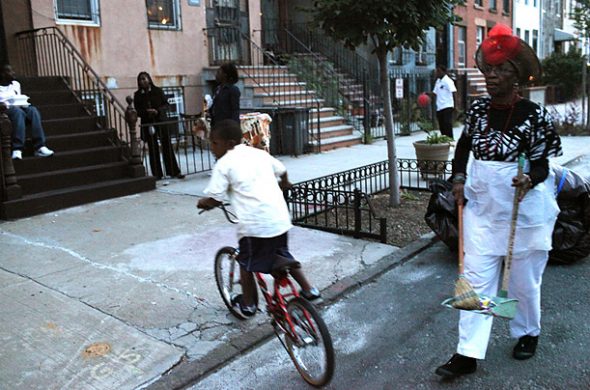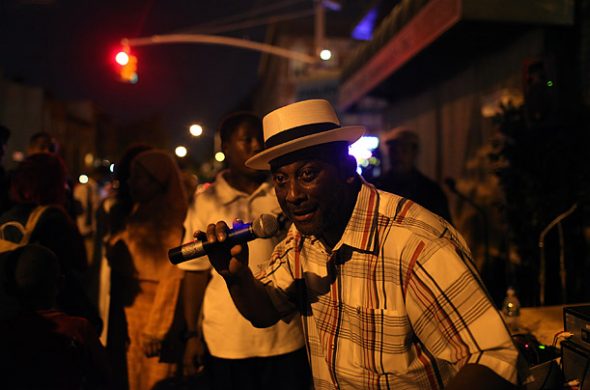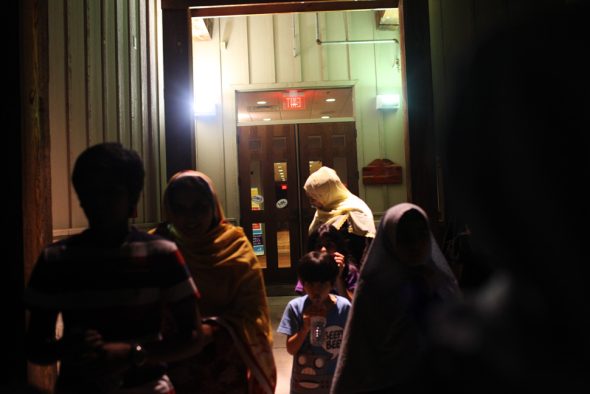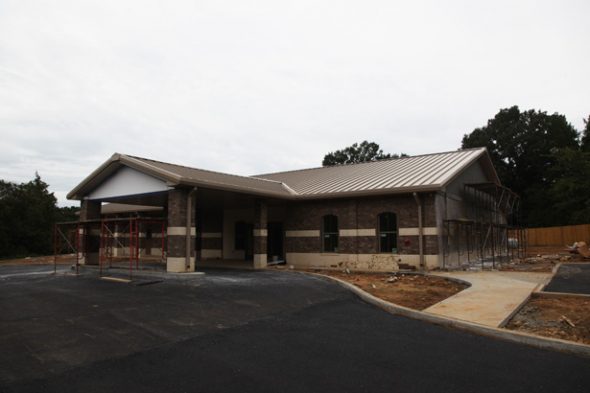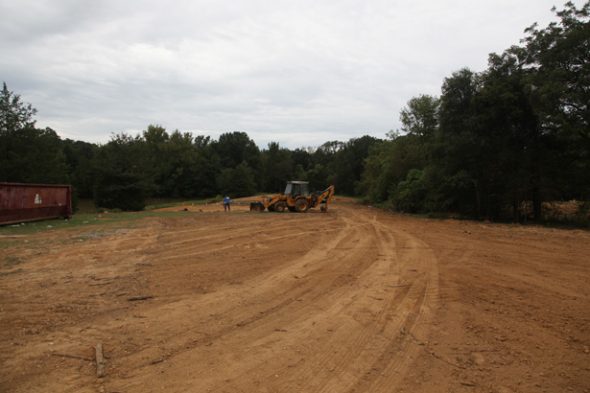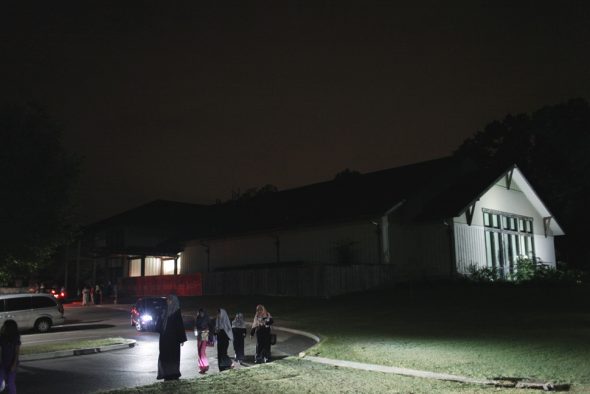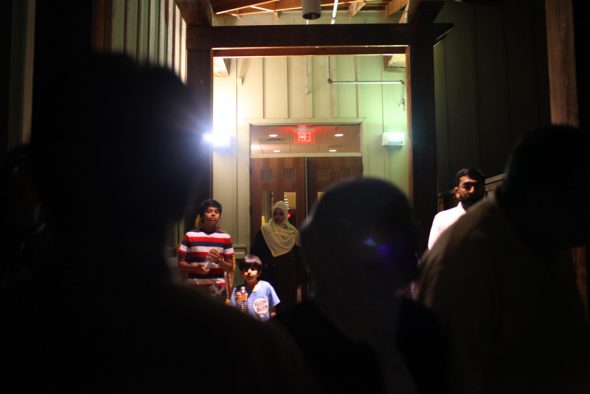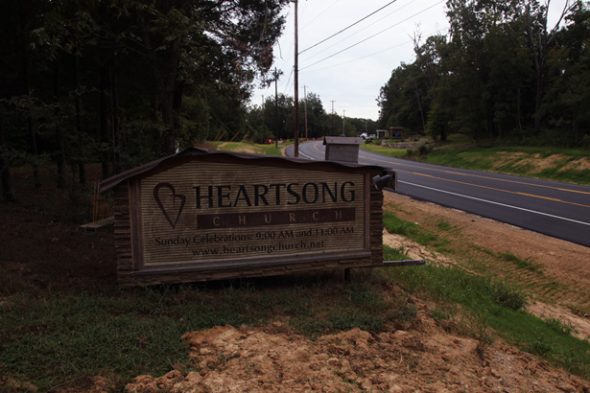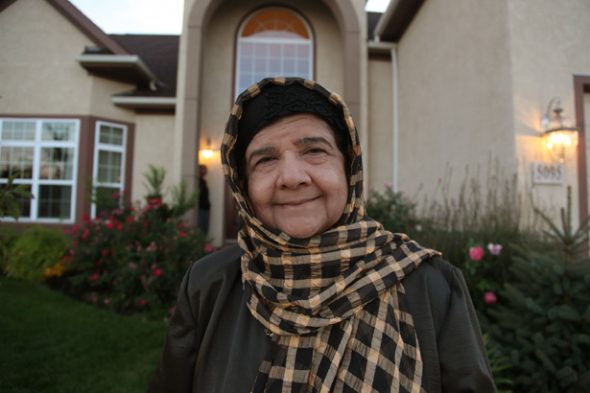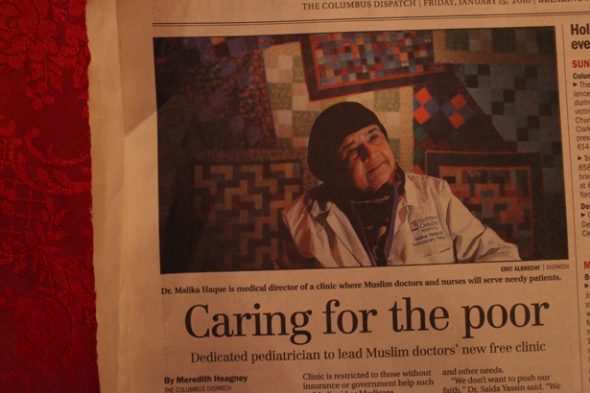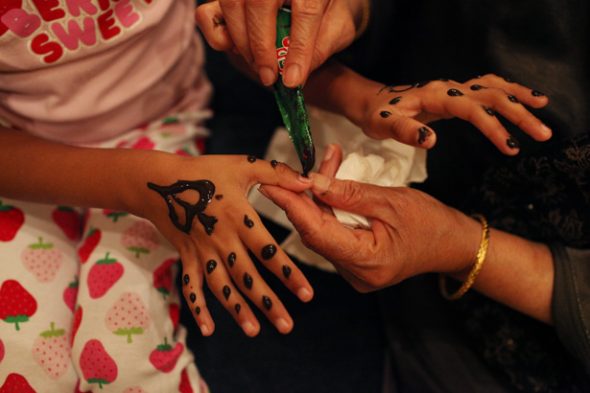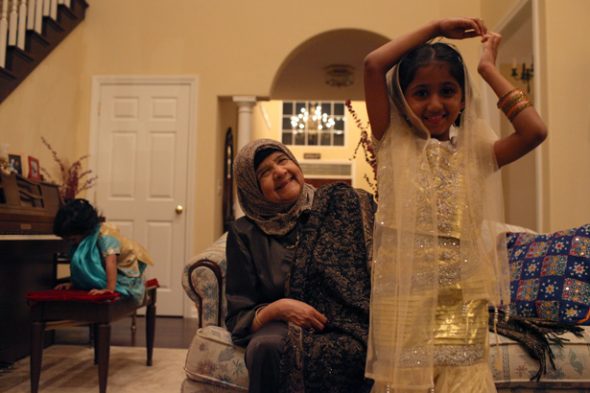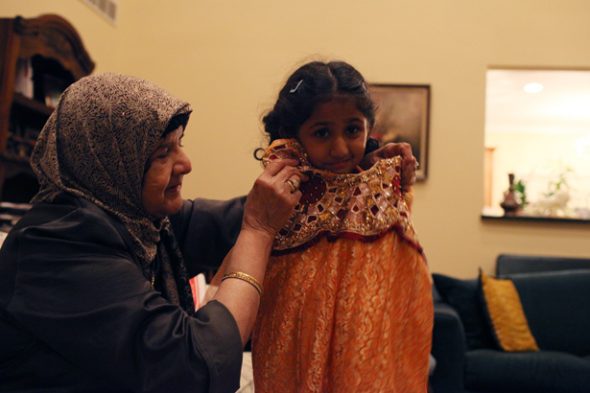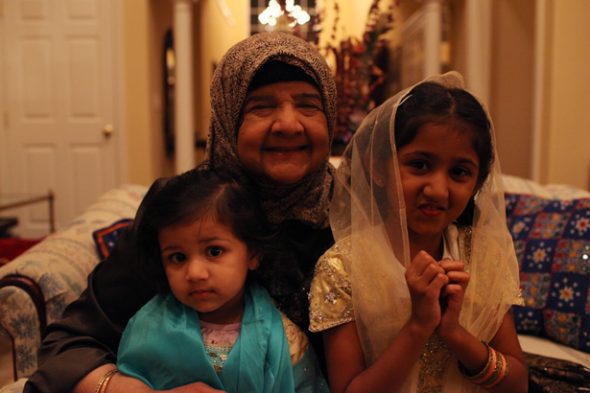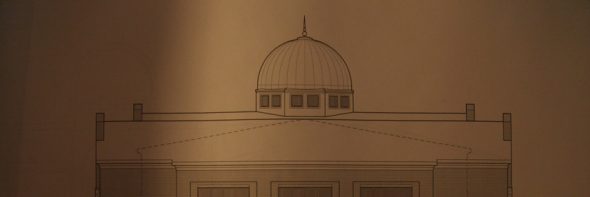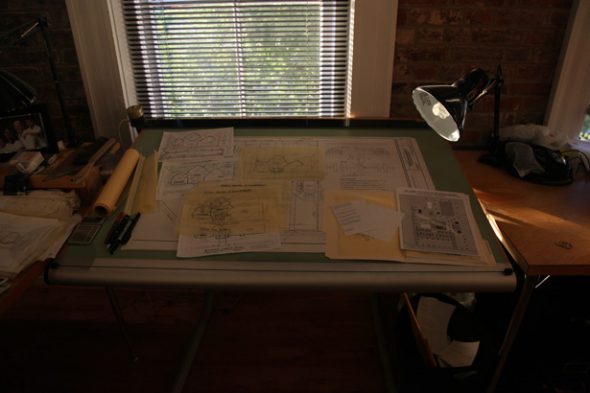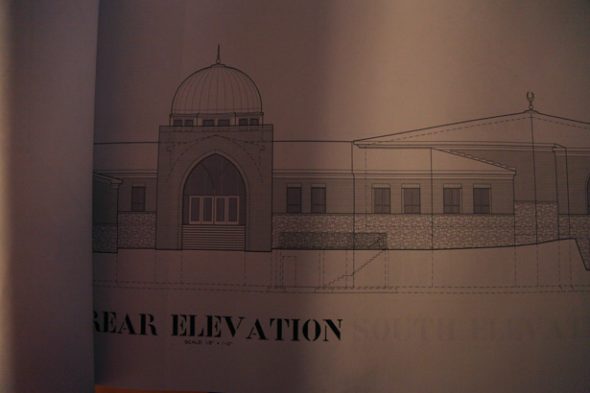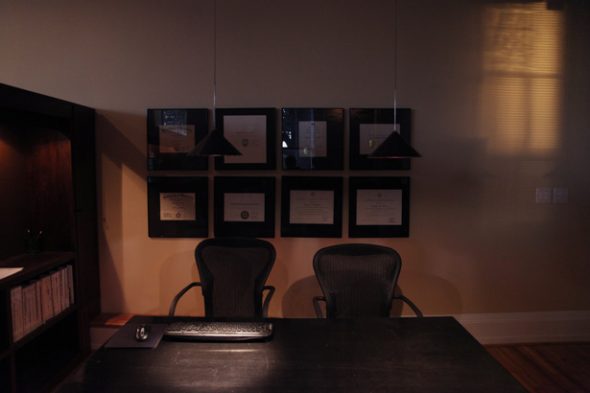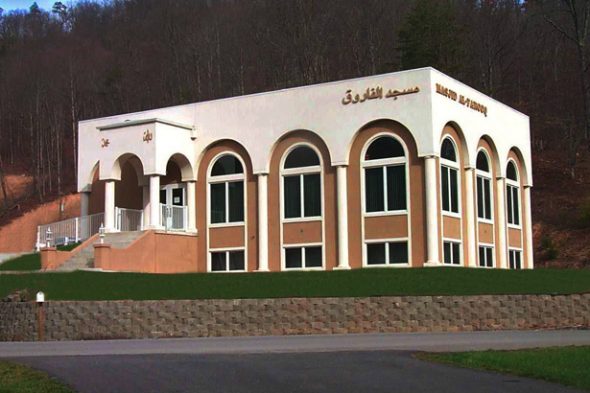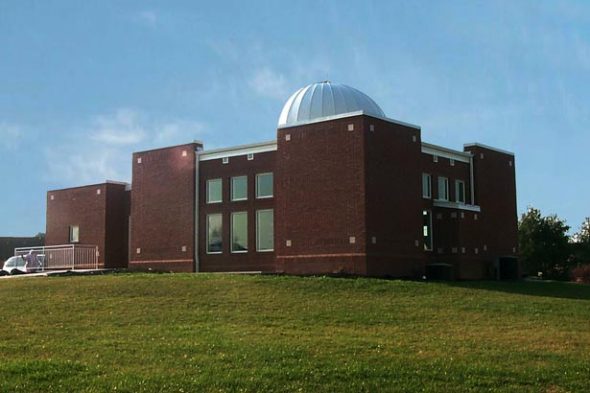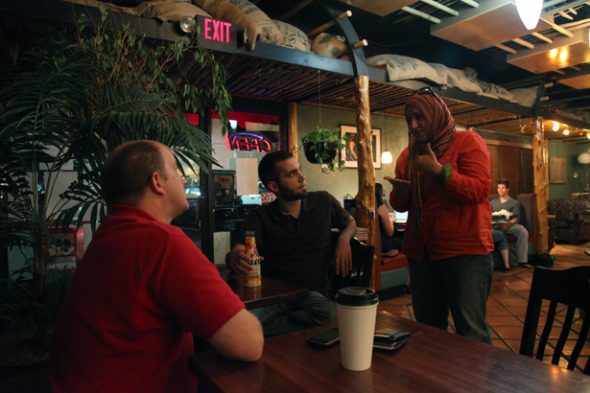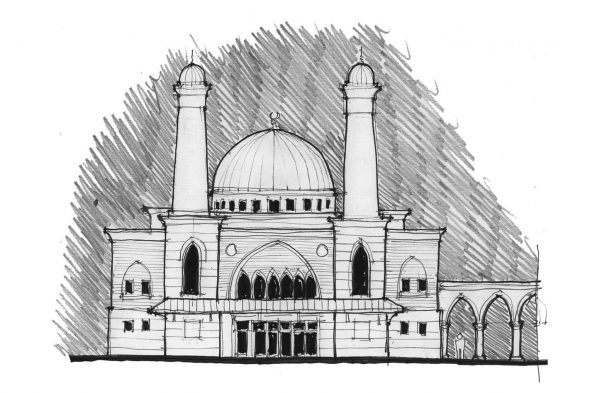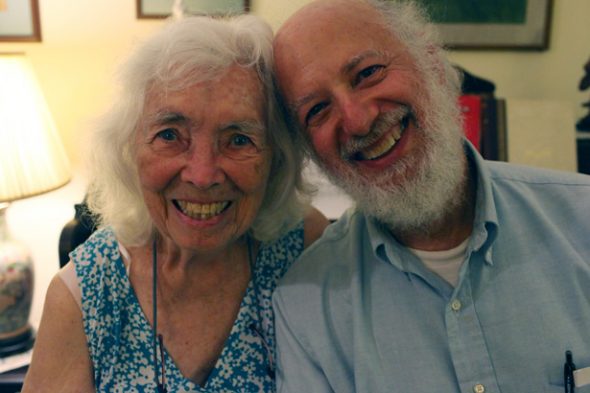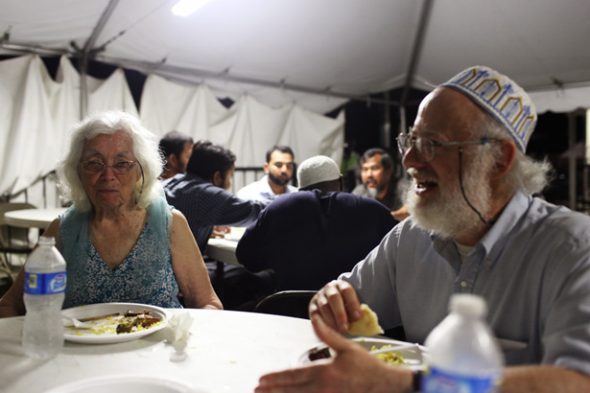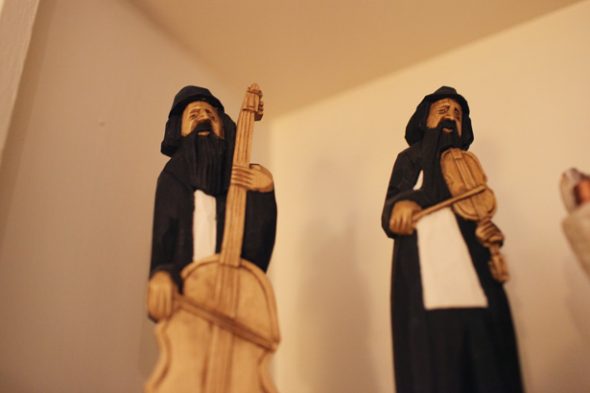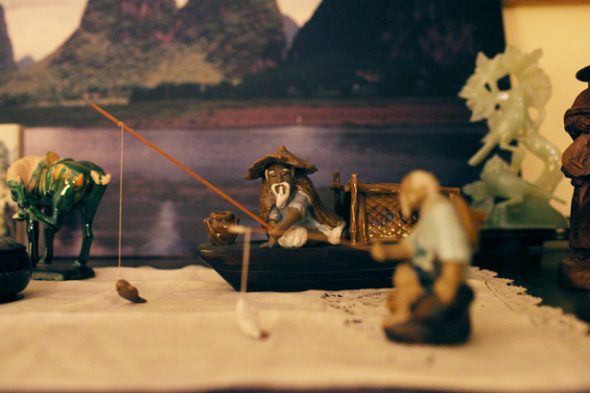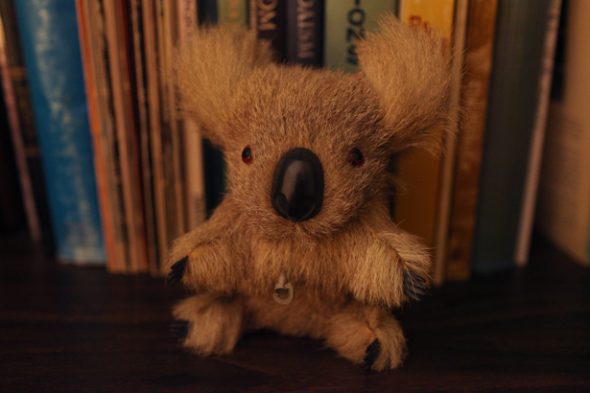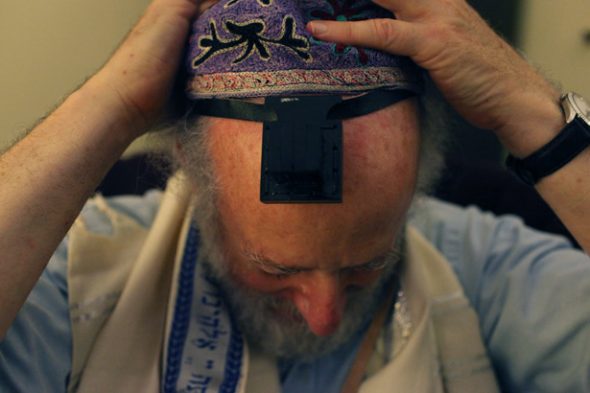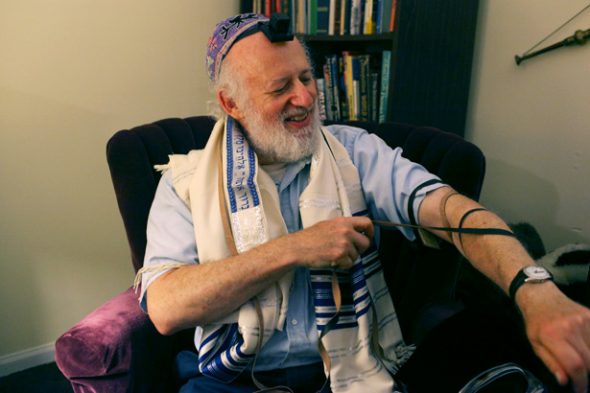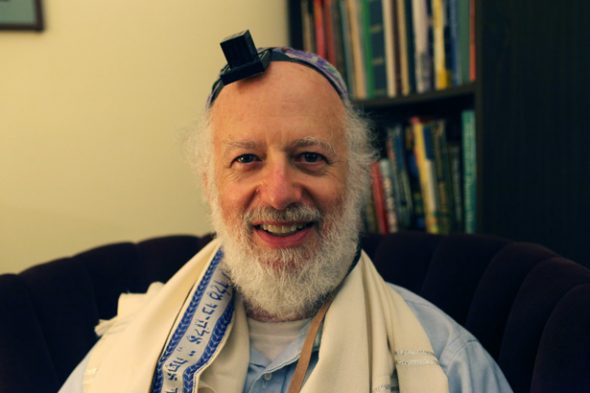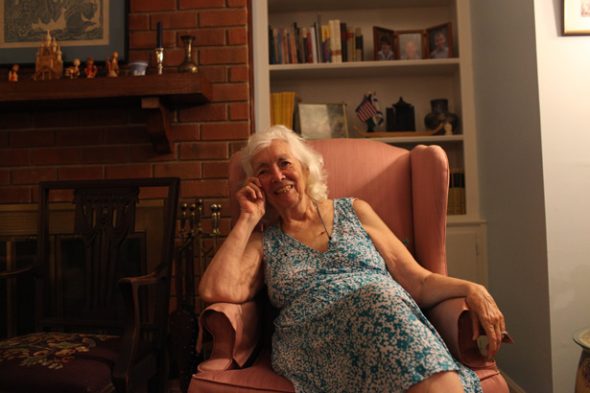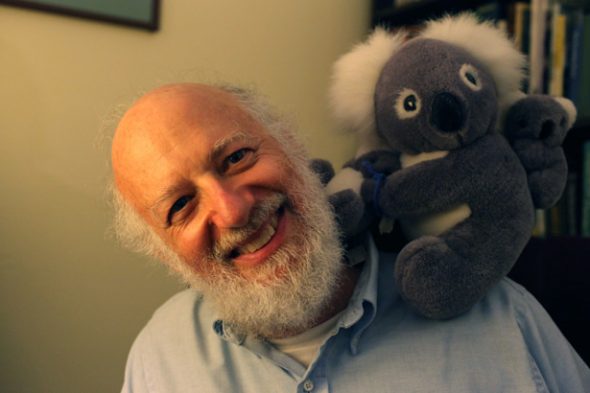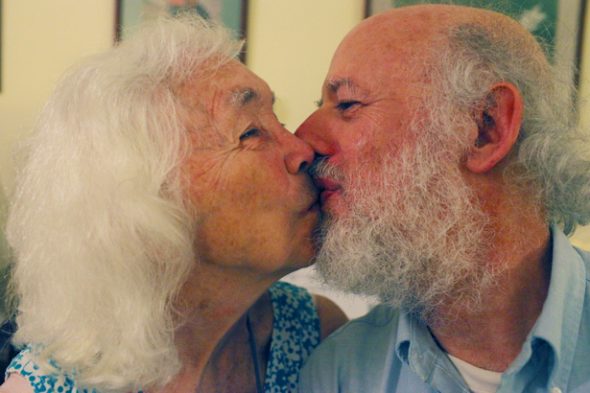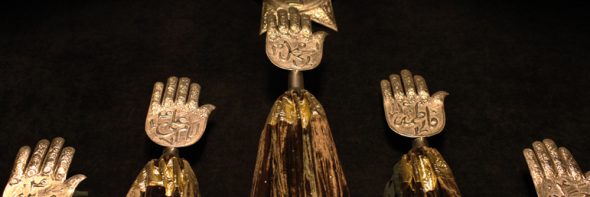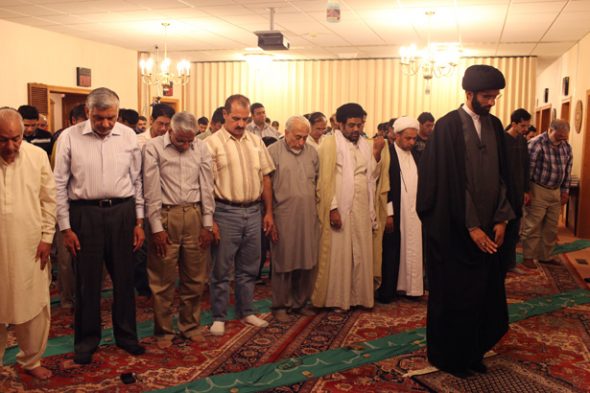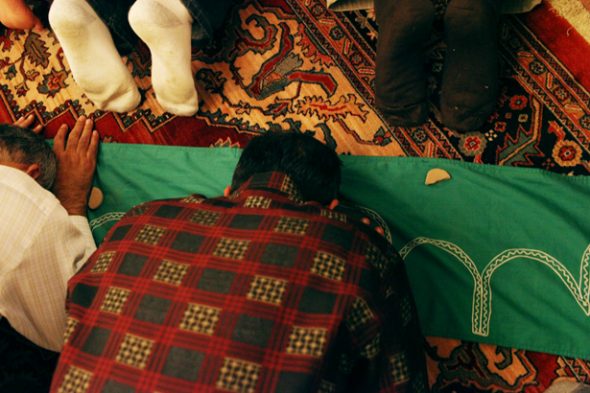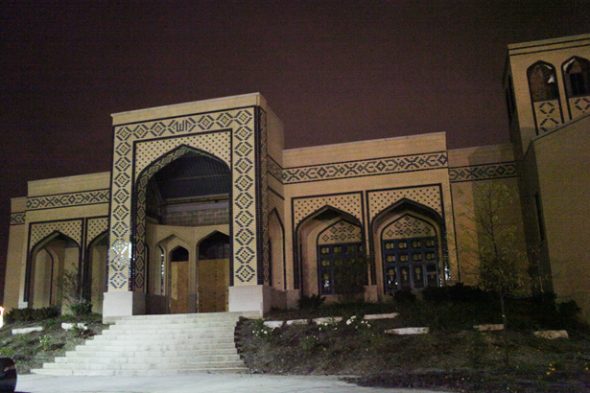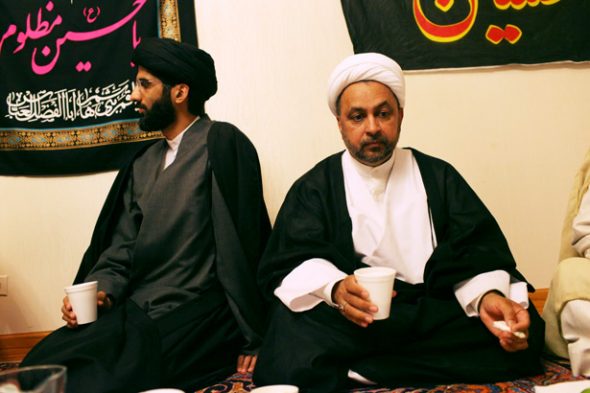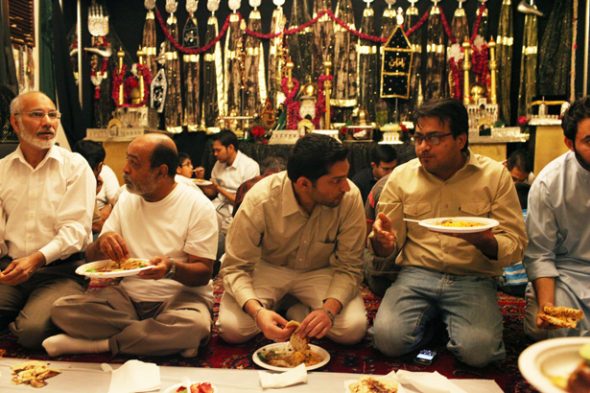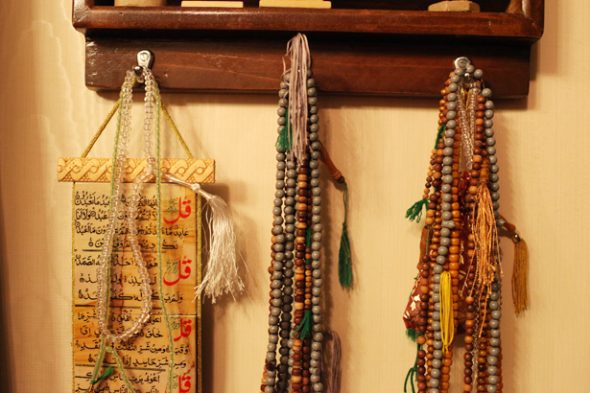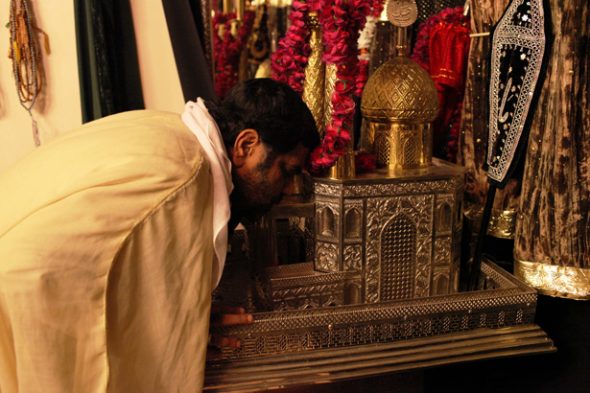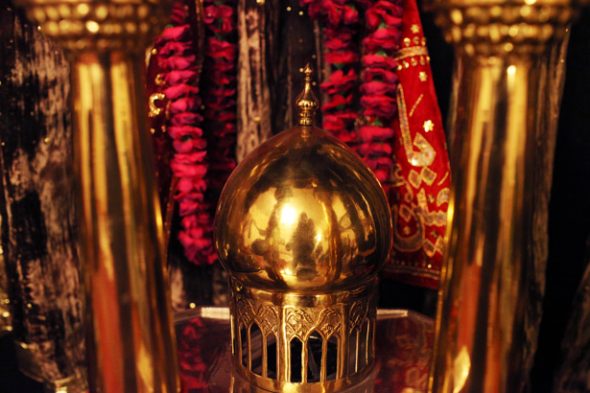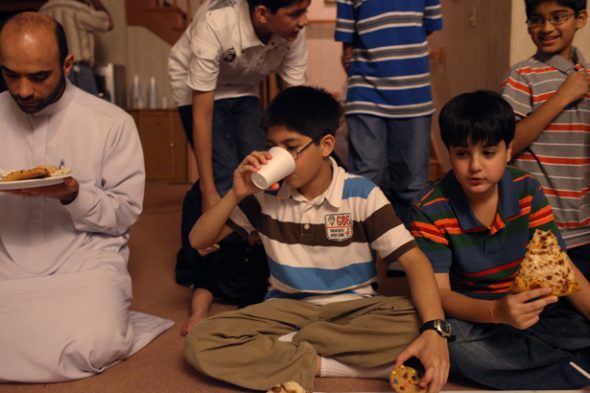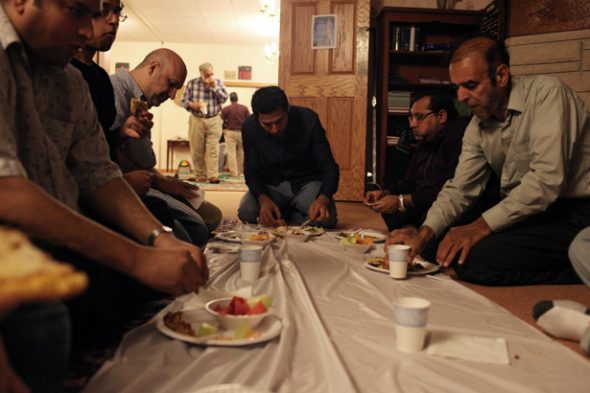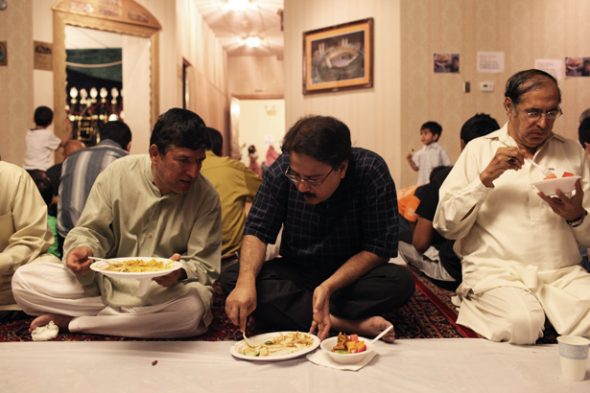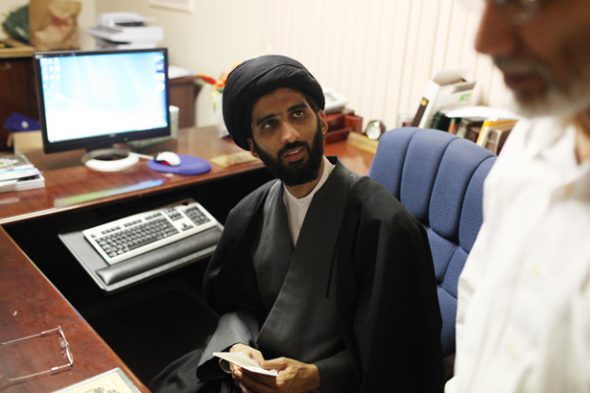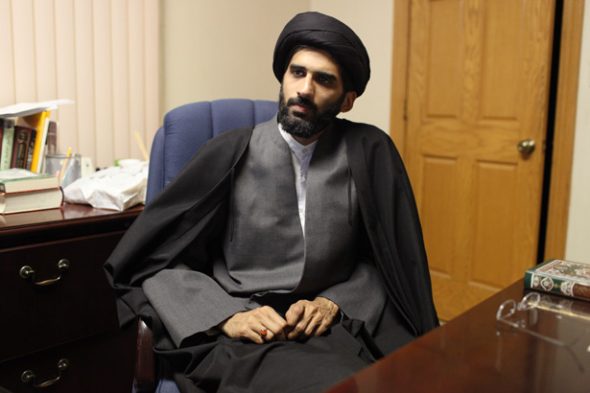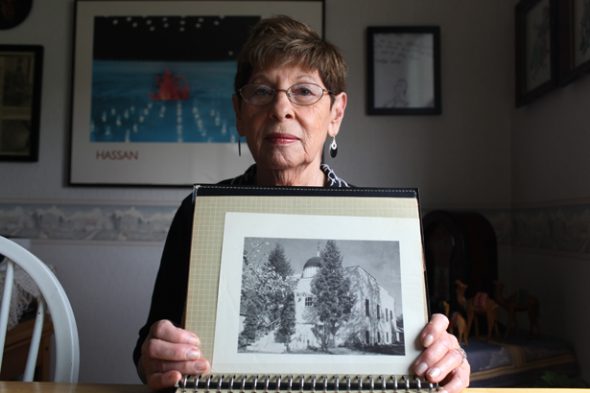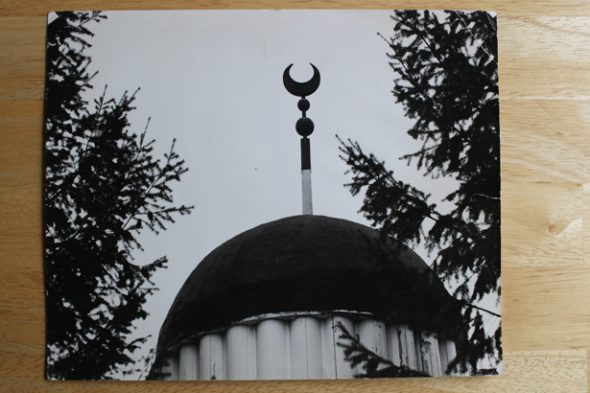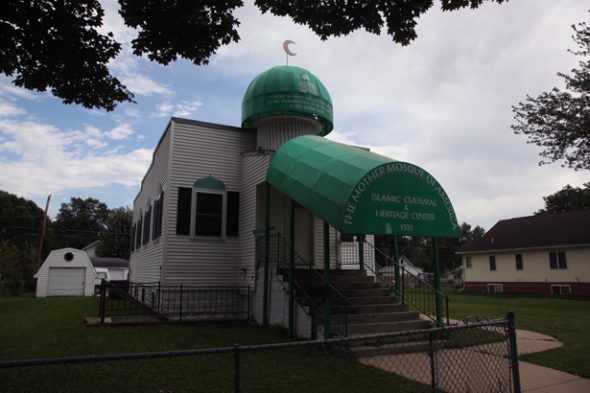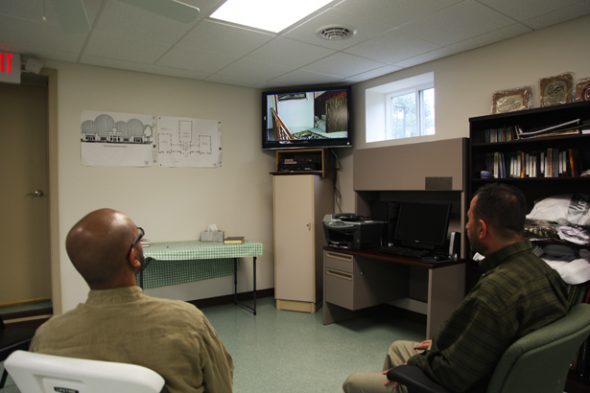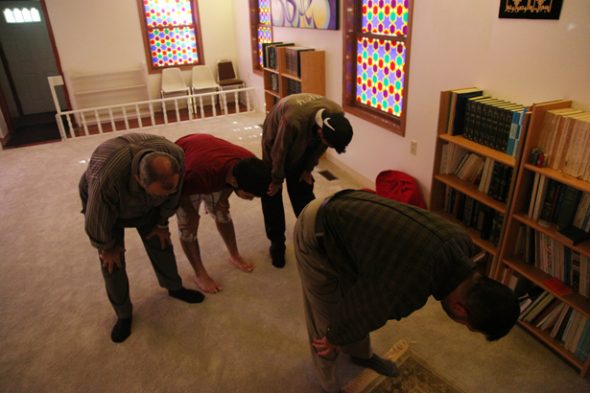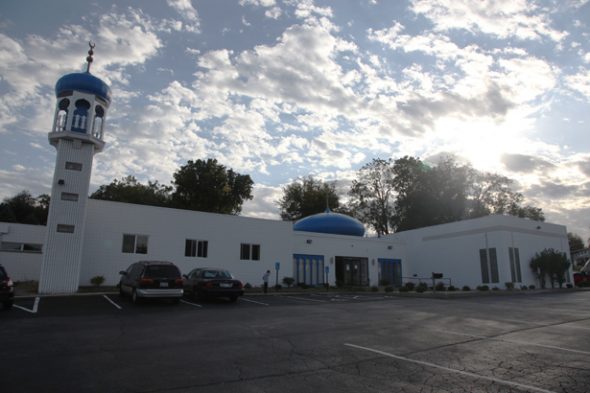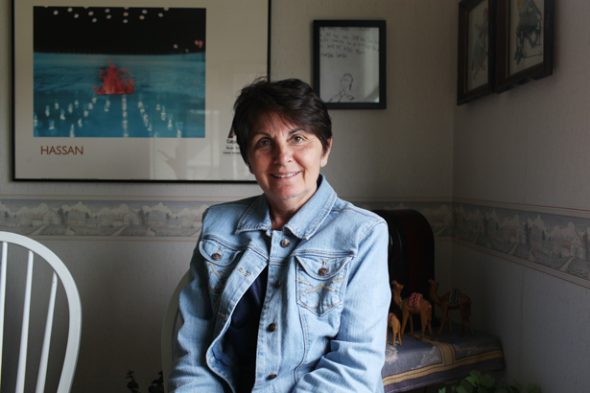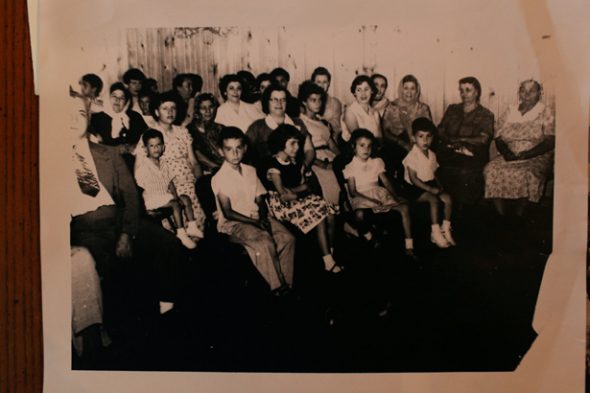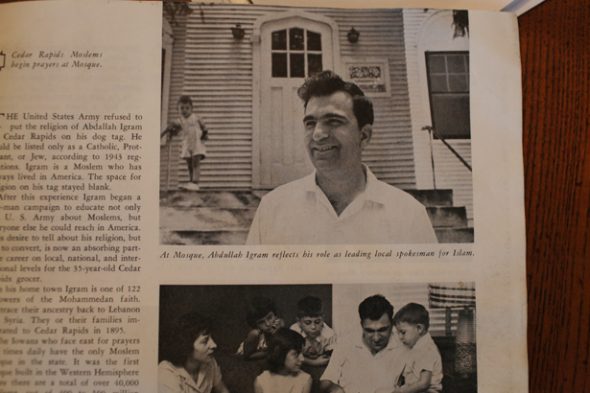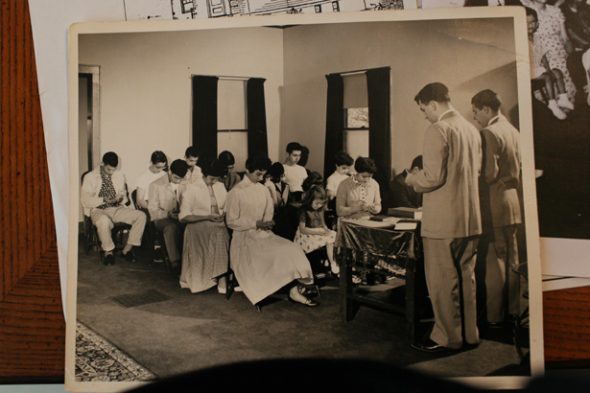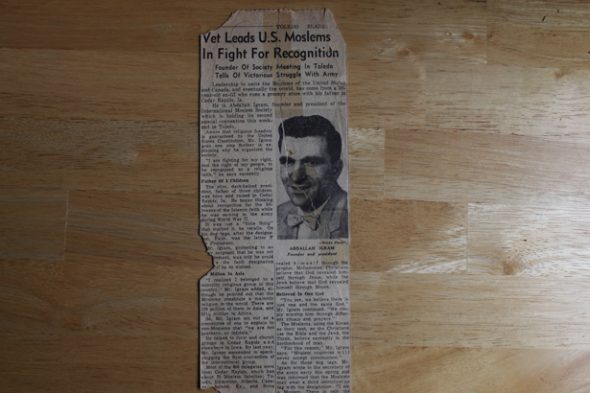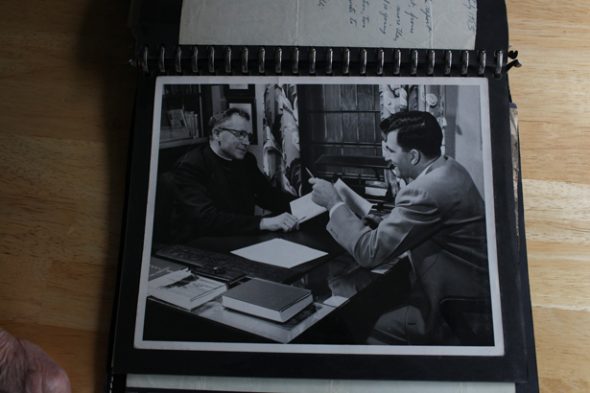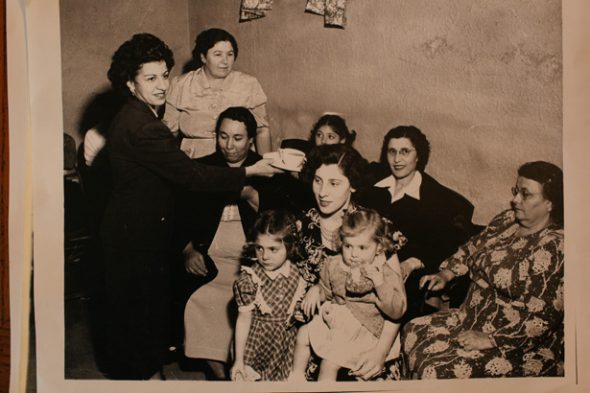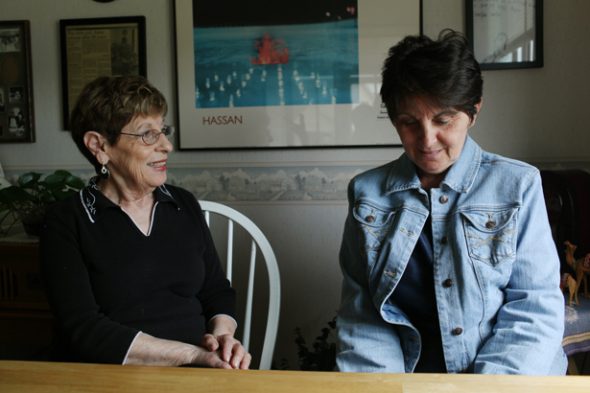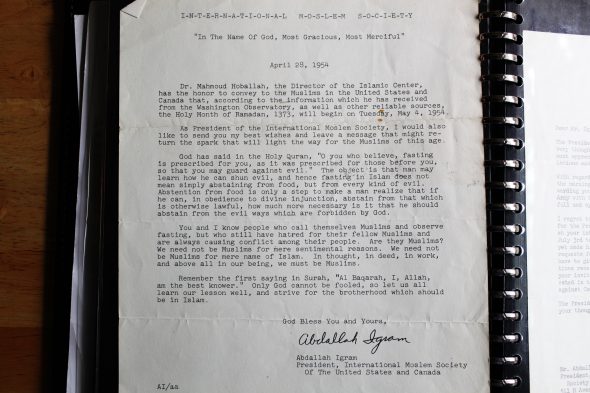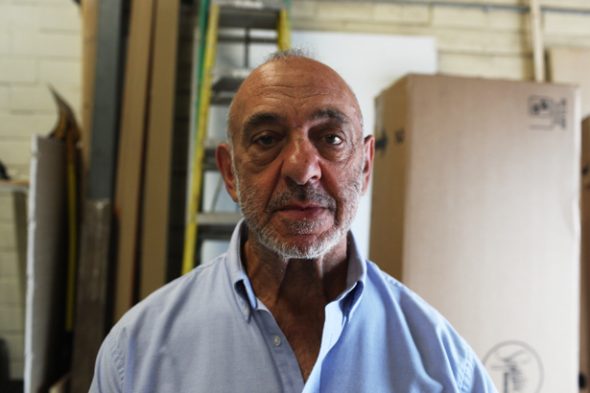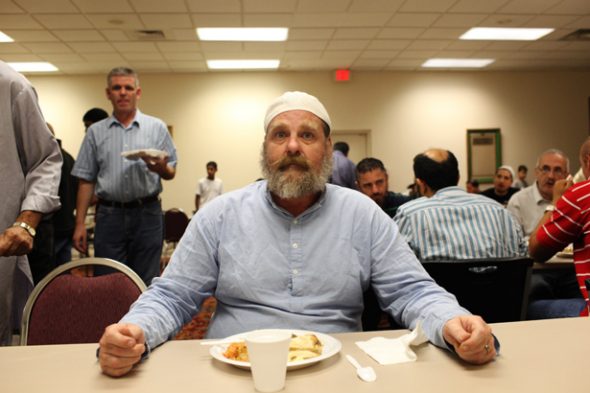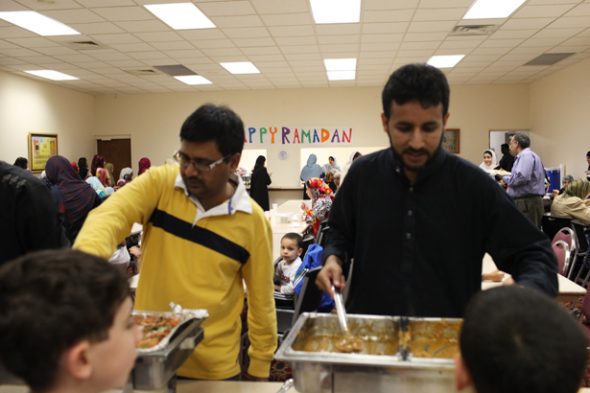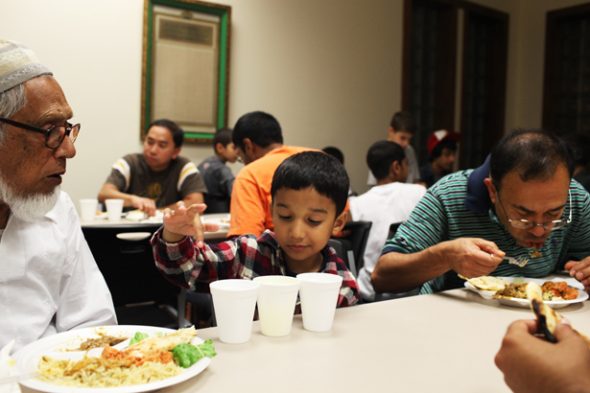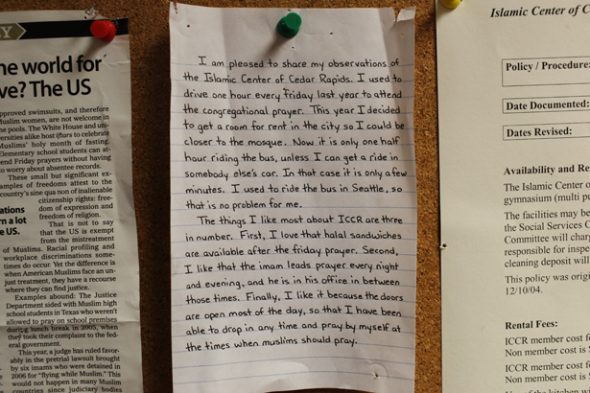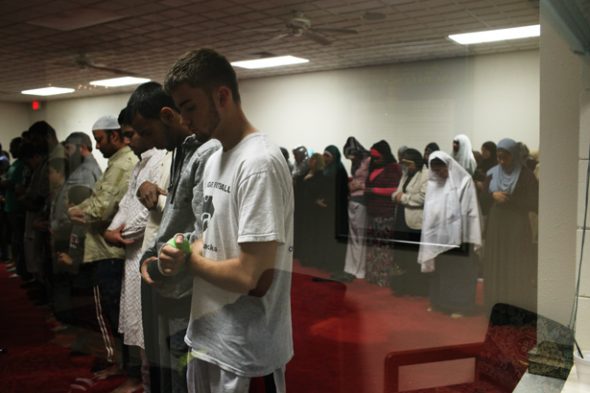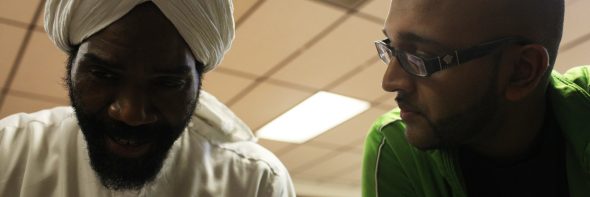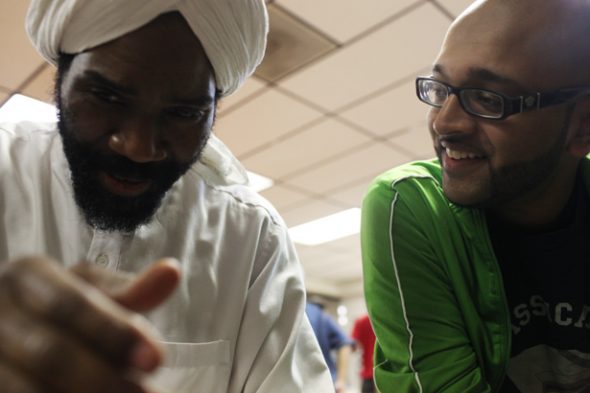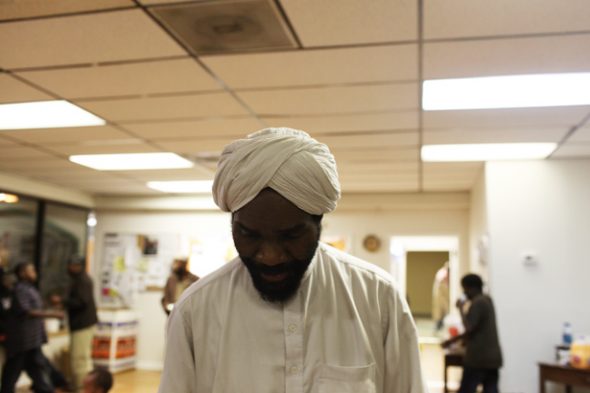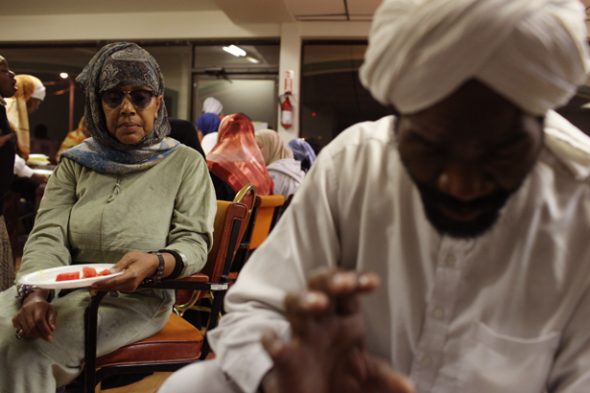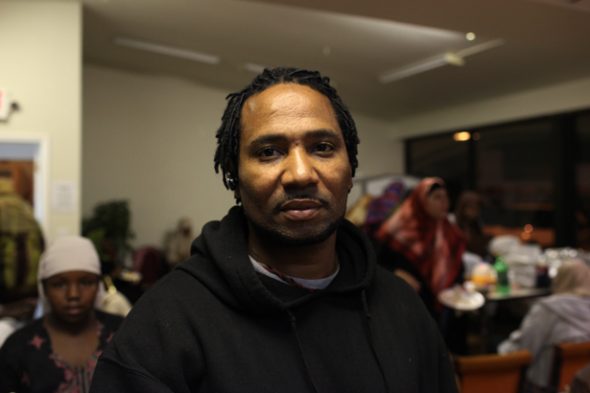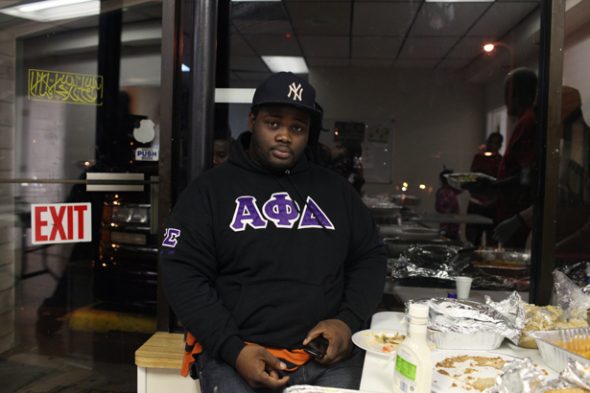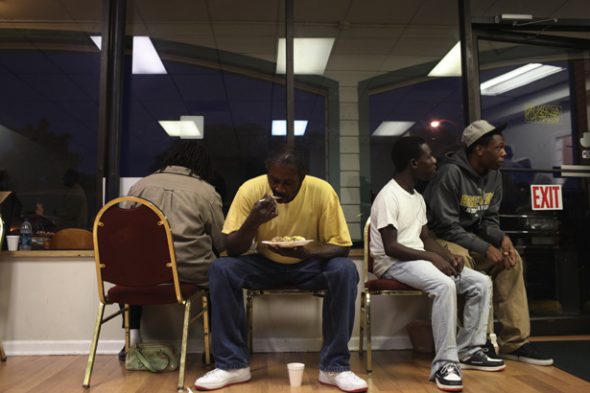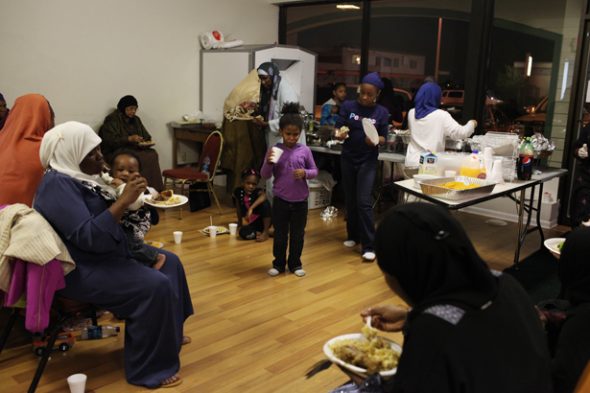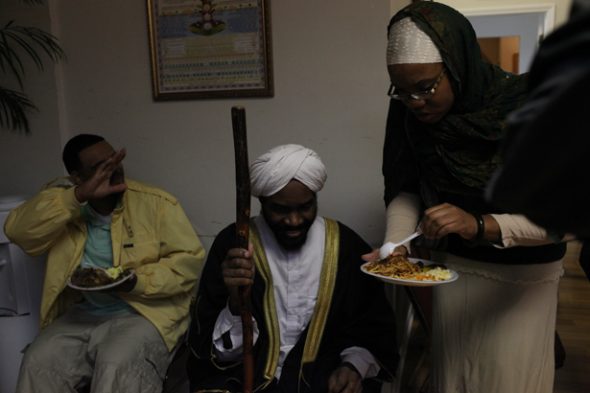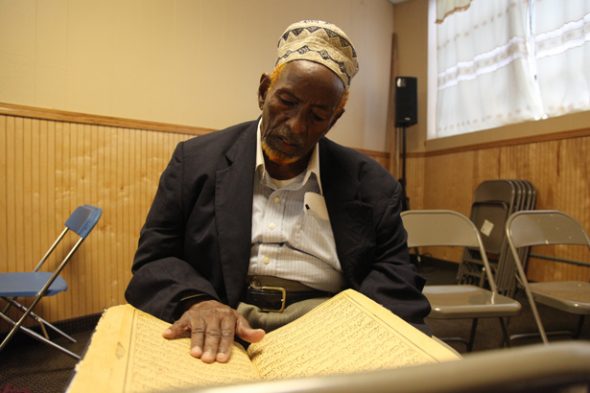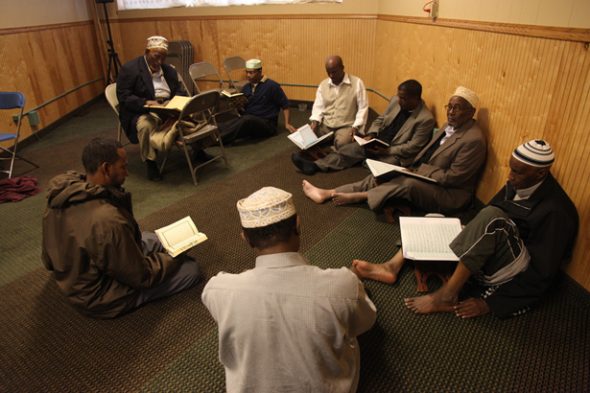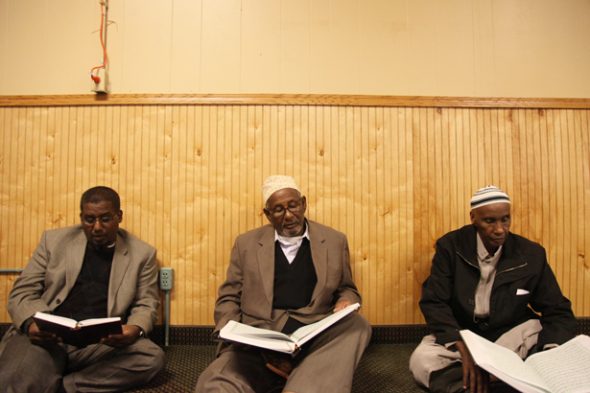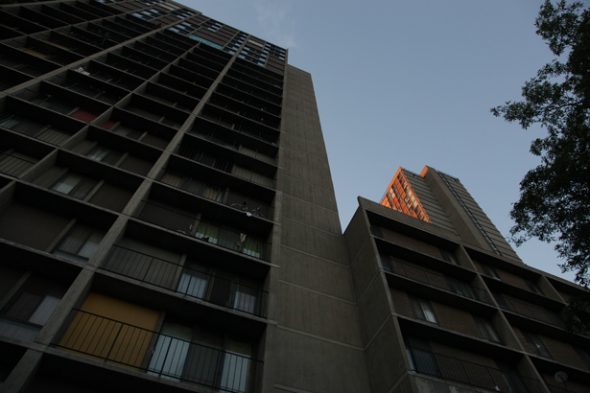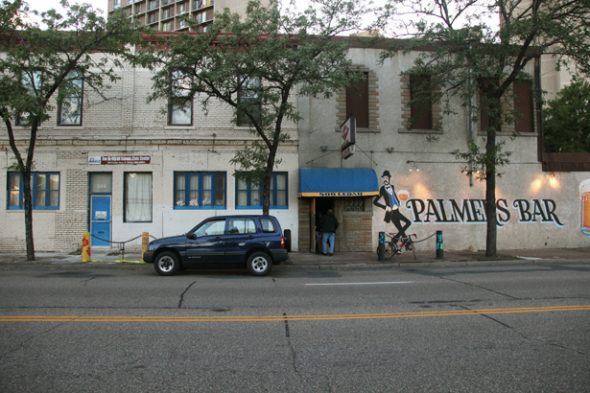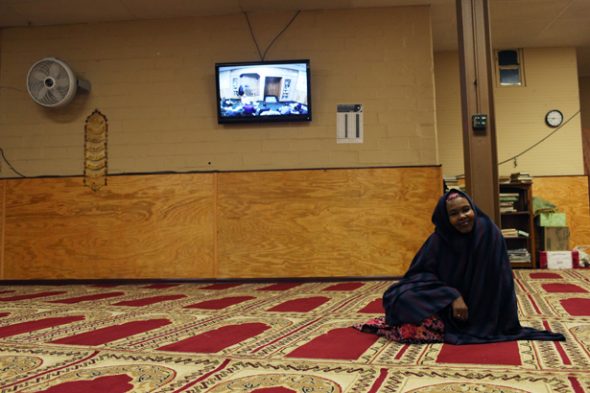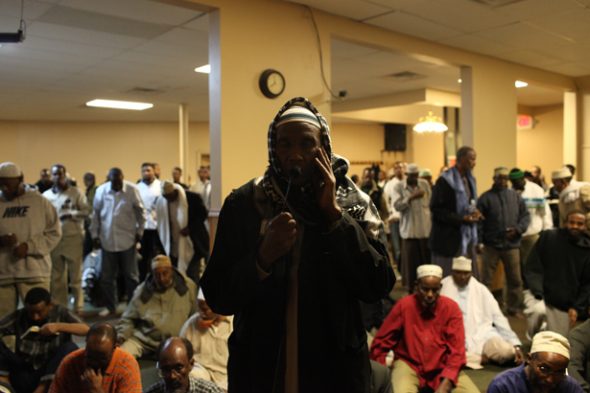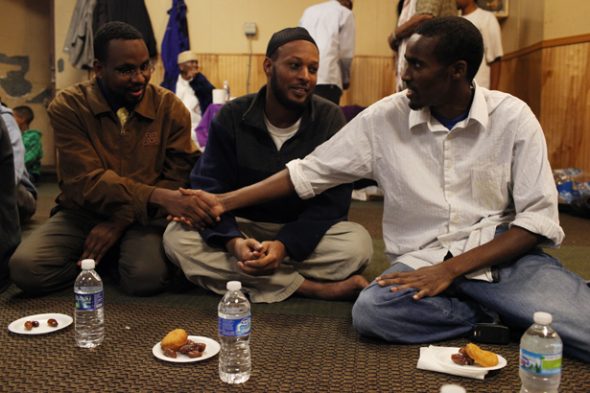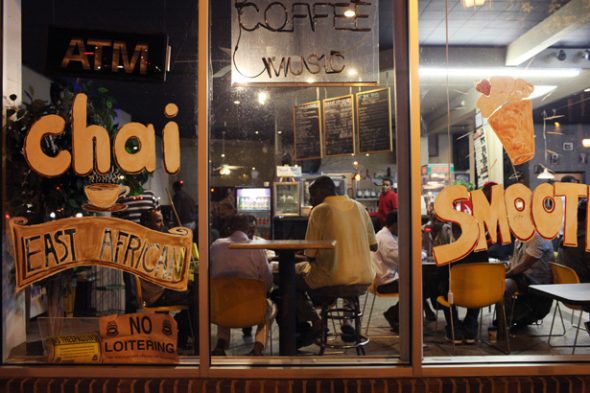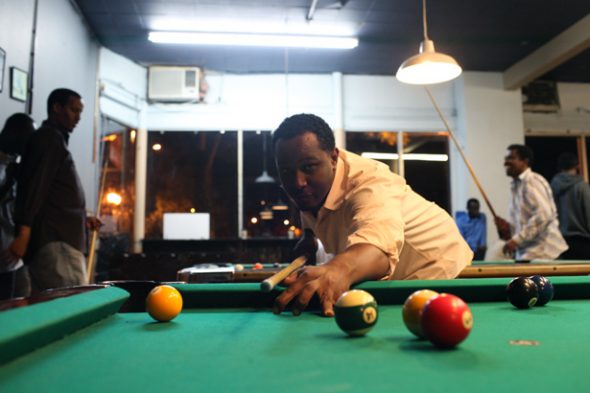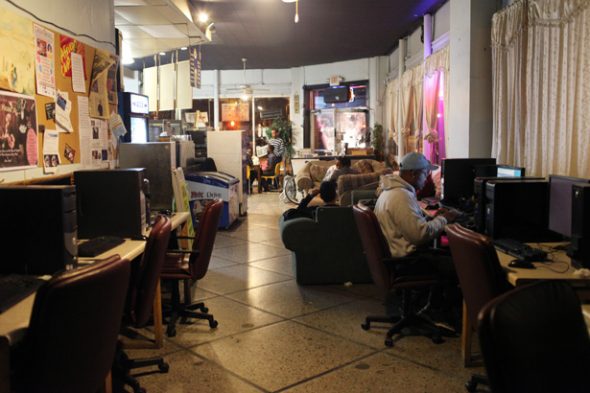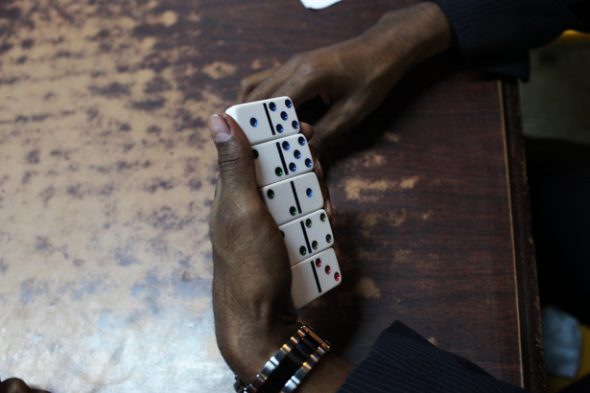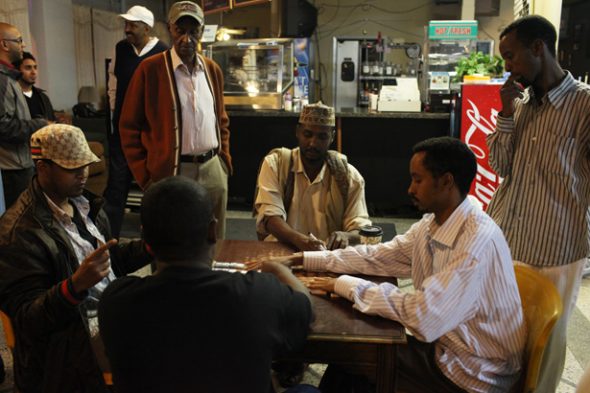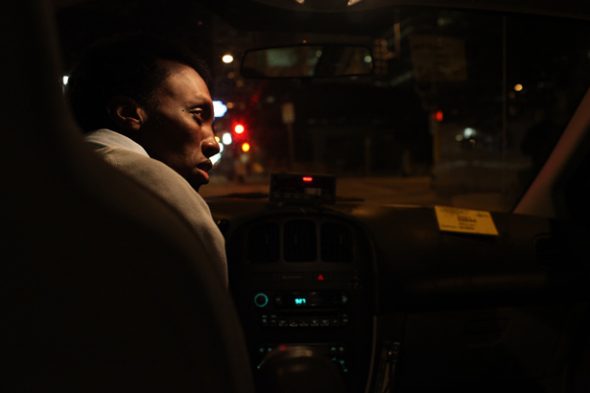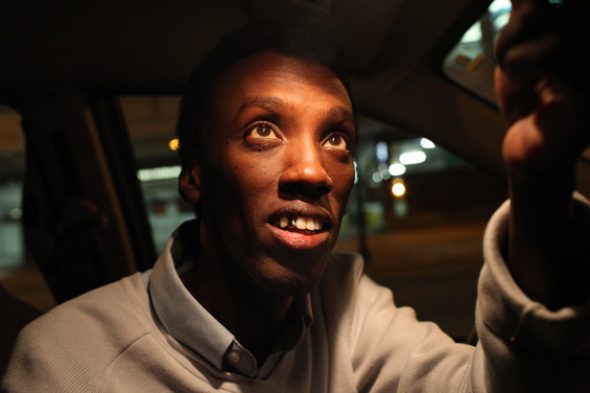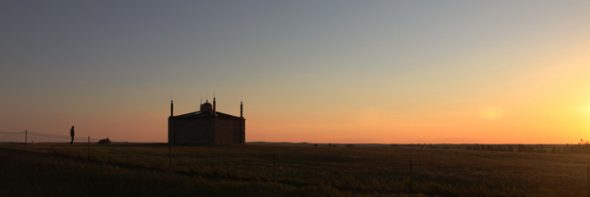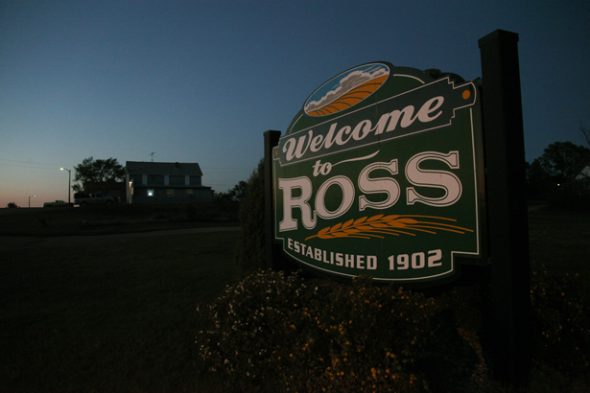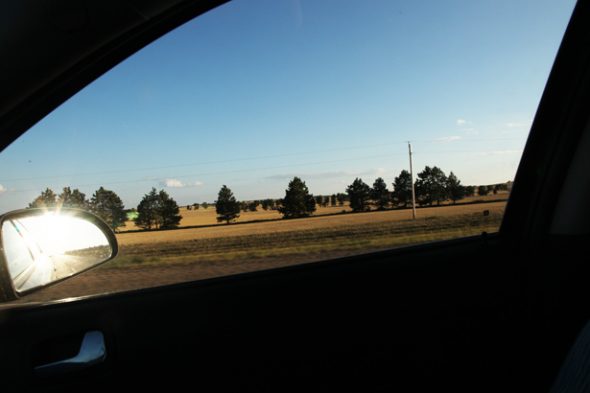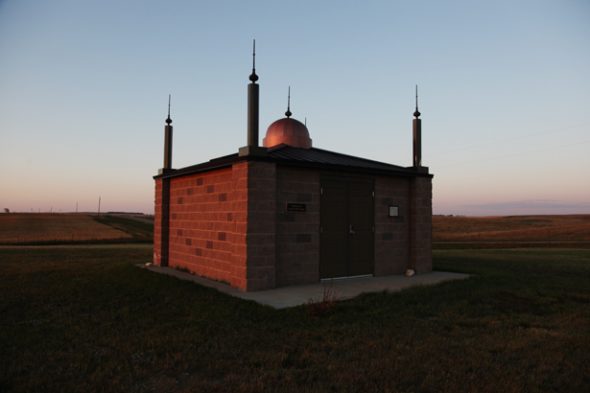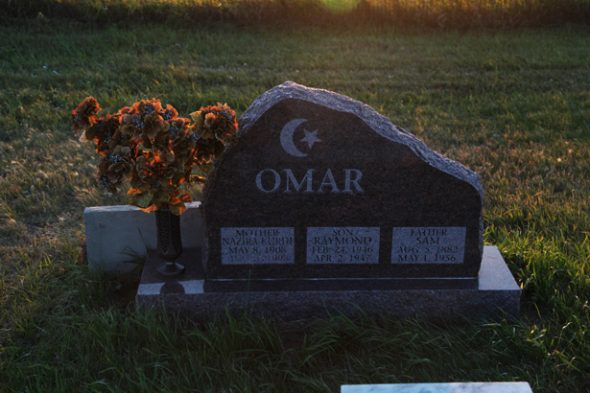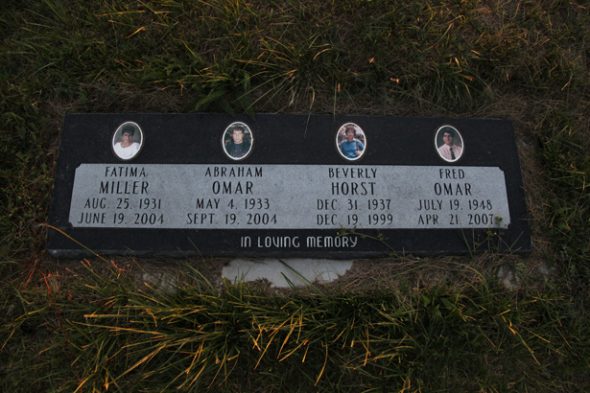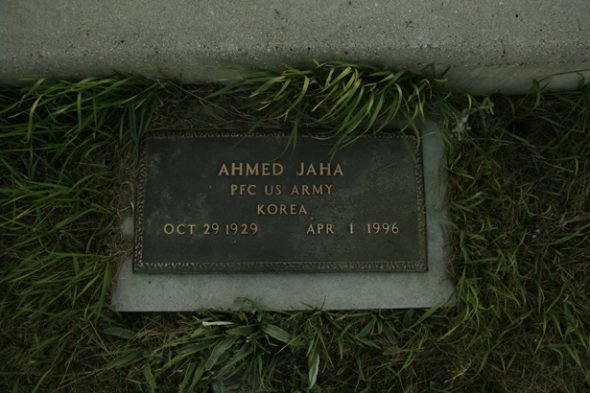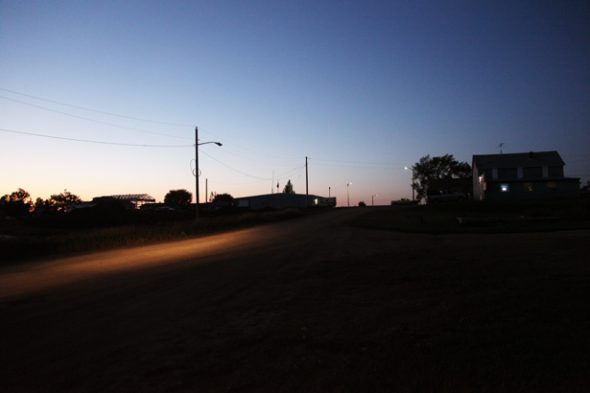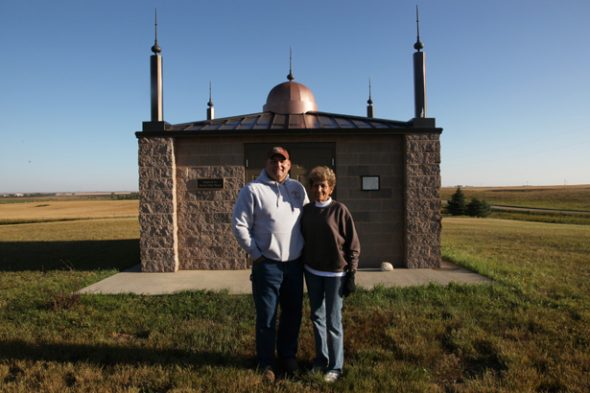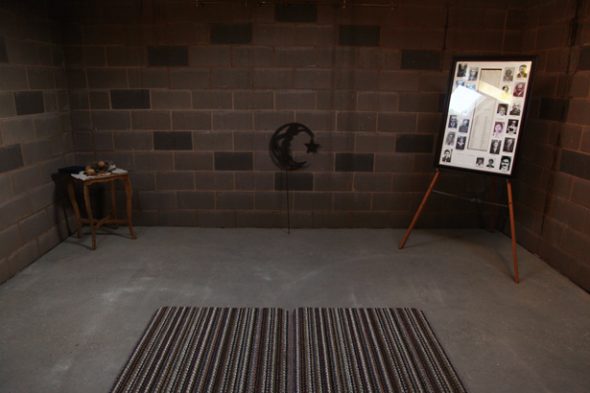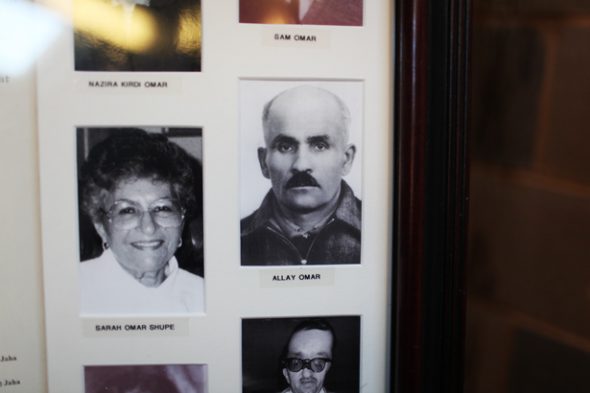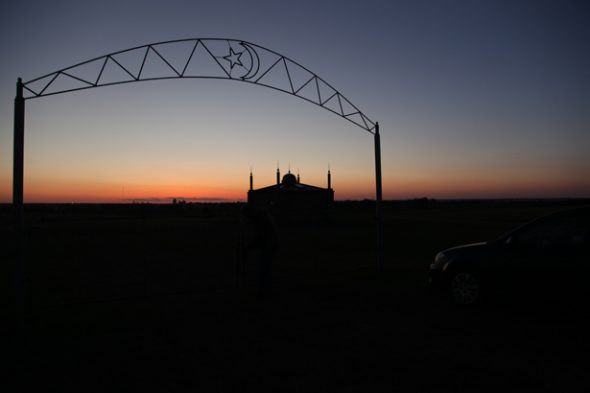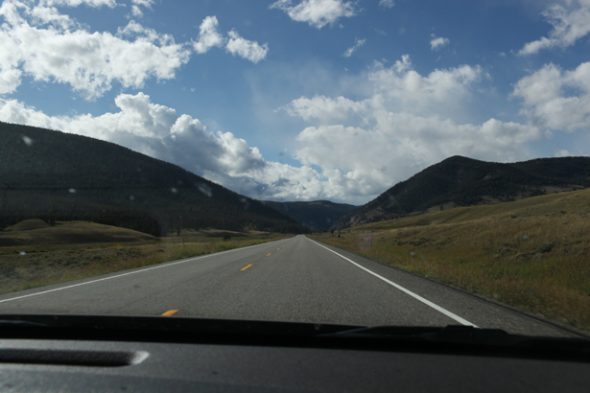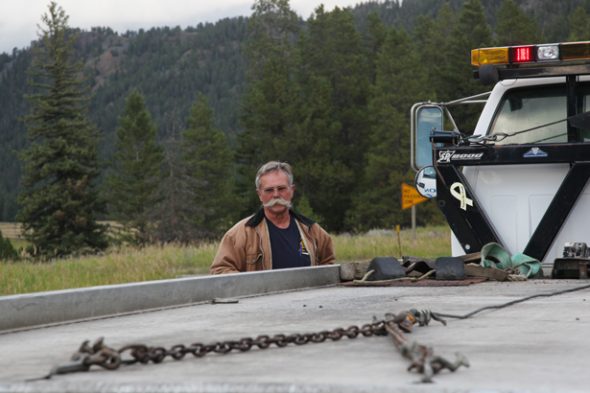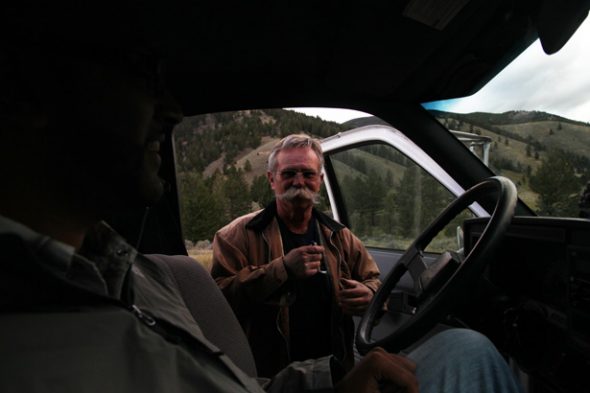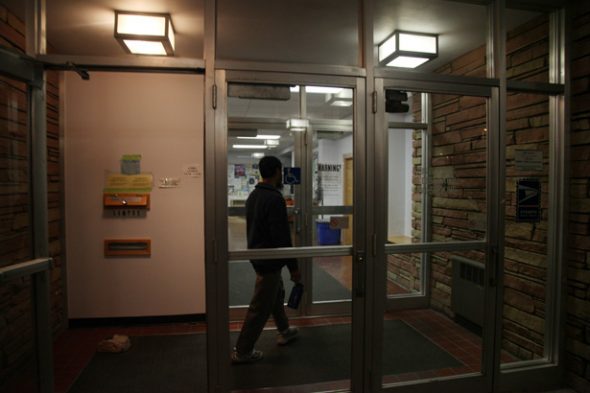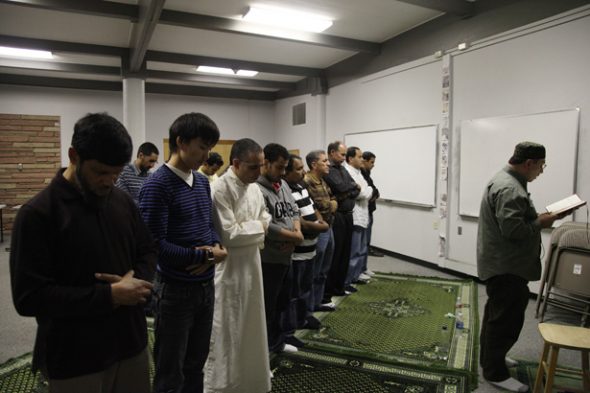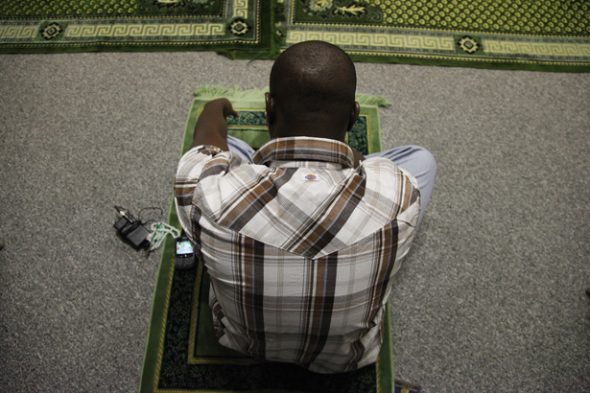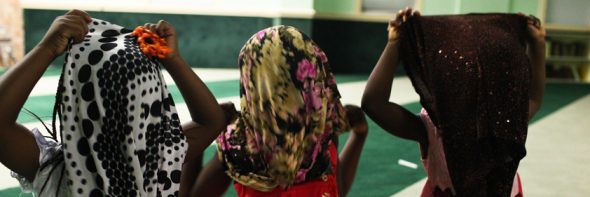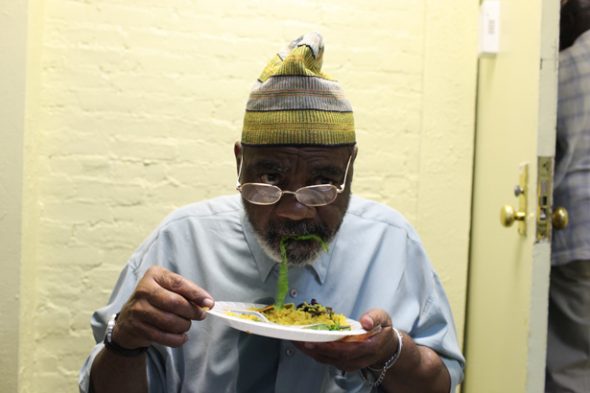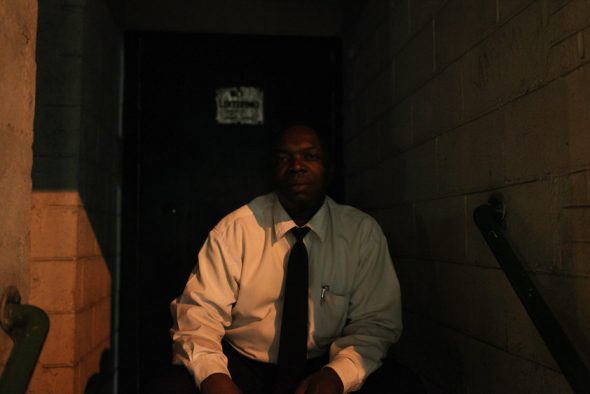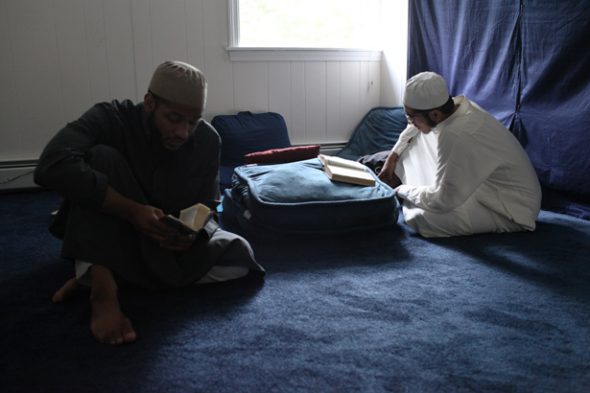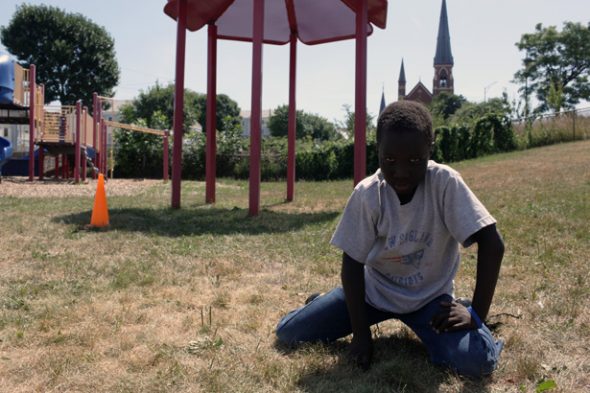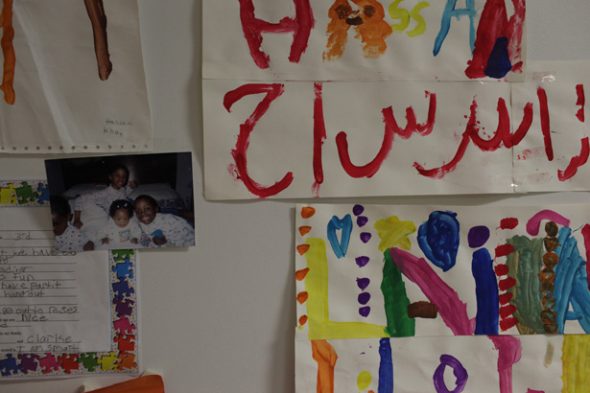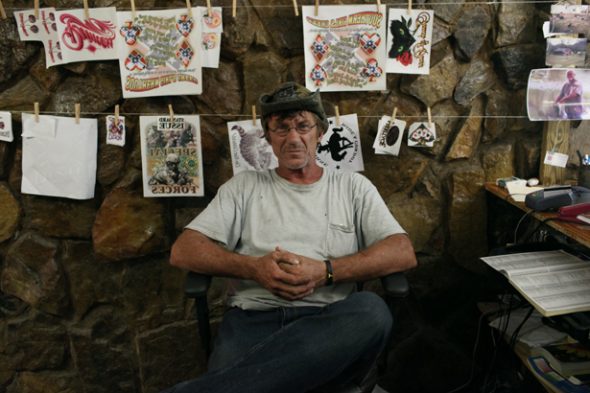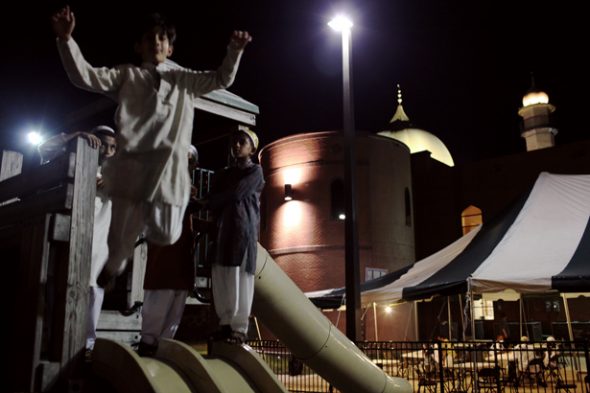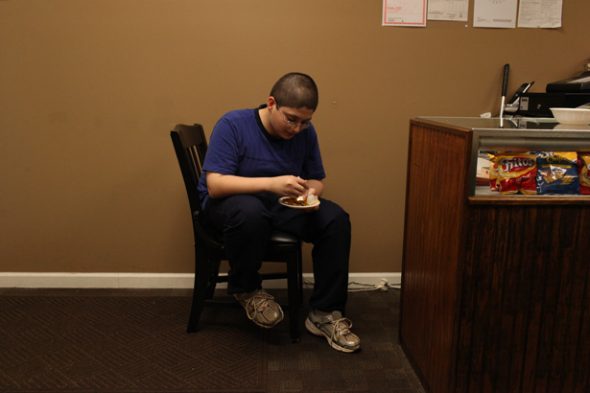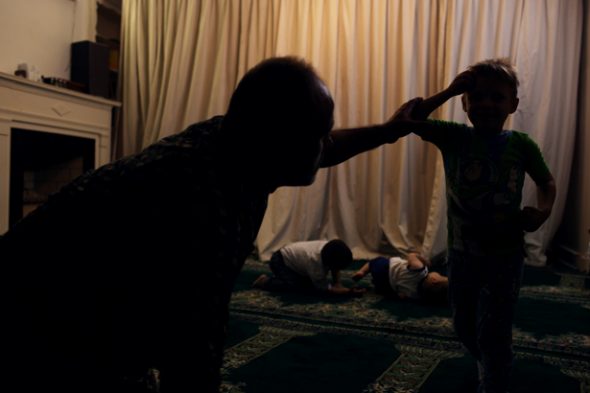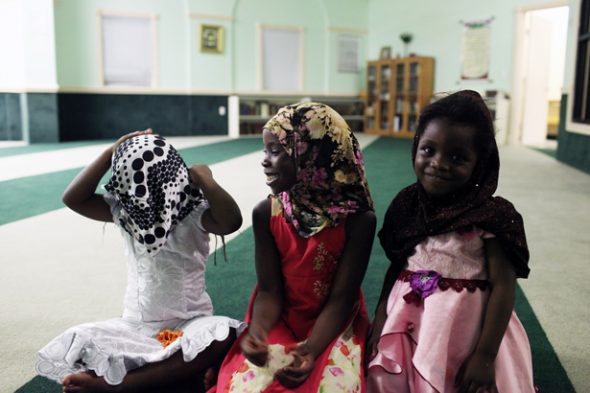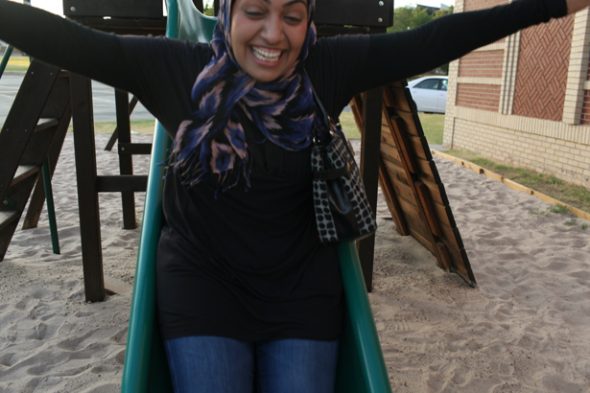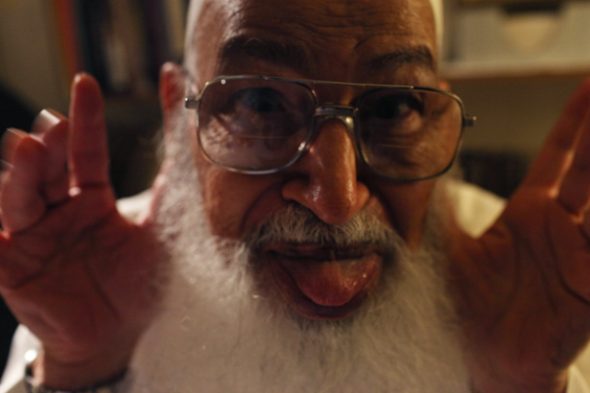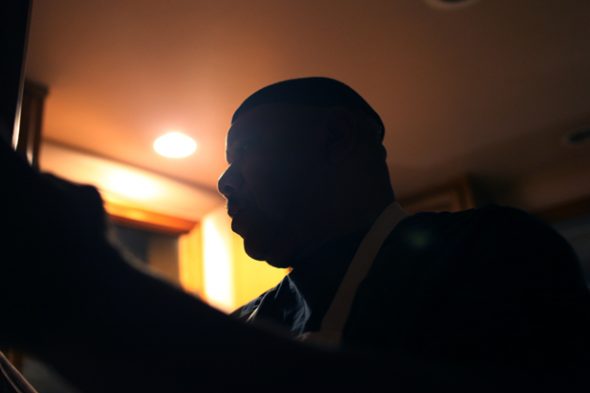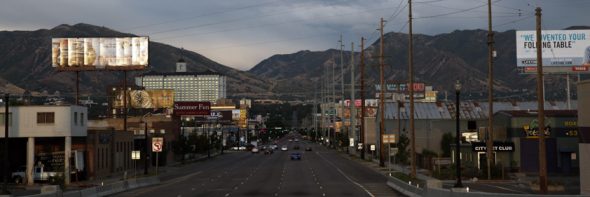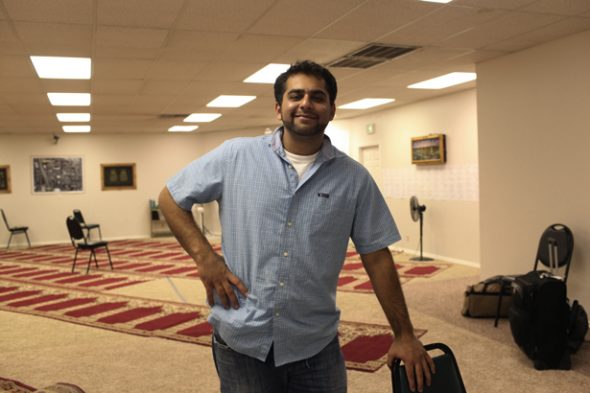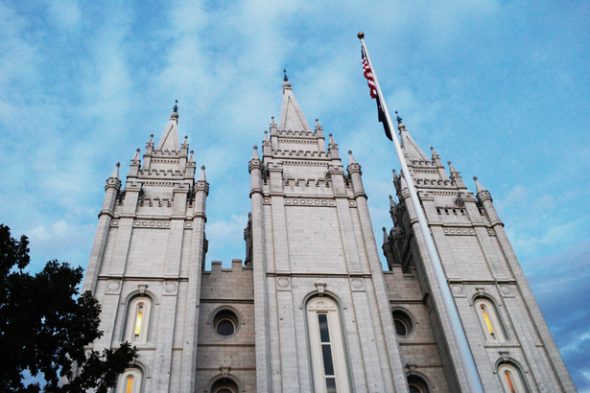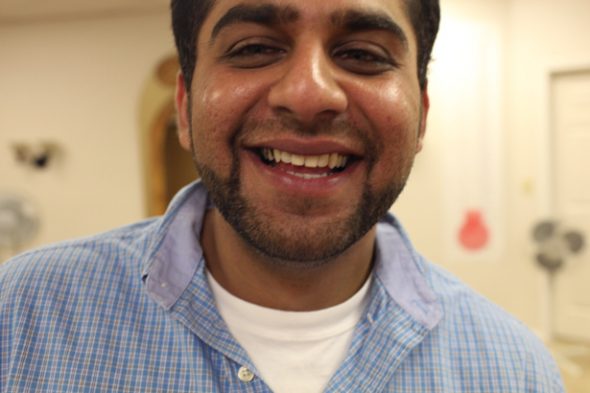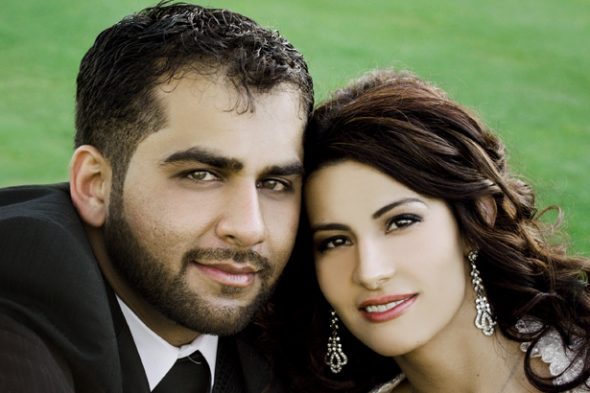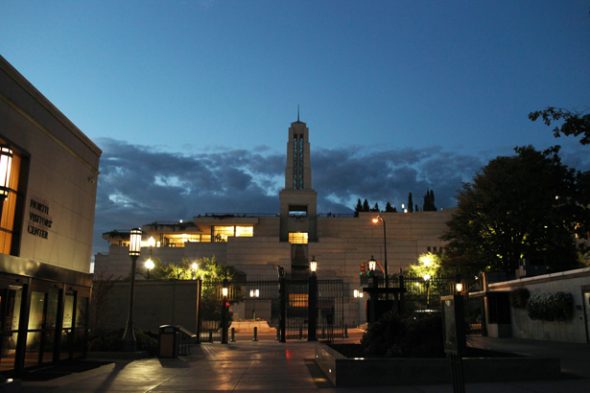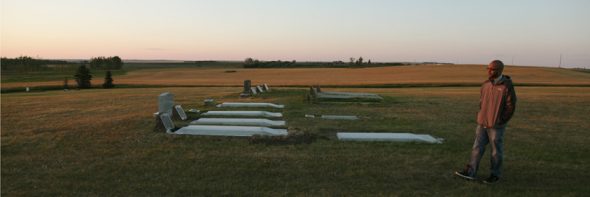
By Aman Ali
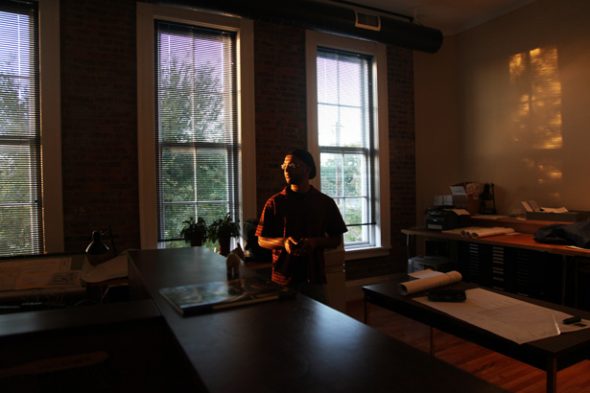
Note: Since our site got hacked, we were able to restore everything but the comments originally attached to this post.
It’s hard to believe almost two weeks have gone by since Bassam and I concluded what is easily one of the most remarkable journeys of our lives. I’m glad I had some time to let my thoughts simmer because when I was in midst of this trip, my brain was basically in non-stop adrenaline mode so I didn’t have much time to let things process.
There are around 6-7 million Muslims in the United States, but who knows what that number will be a decade from now. Or even a year from now. Just about every Muslim community we’ve visited, mosque organizers have are working on some kind of expansion plan to accommodate a full time Islamic school, larger facilities, etc etc etc.
But ignorance is slowly growing too. For every mosque project, there are angry non-Muslim residents with signs ready to stop these protests from happening. Granted, our casual observations show that the opposition to Muslims isn’t as widespread as it’s made out to be, but it’s definitely there.
And that’s what makes me nervous.
I’m watching intently what’s happening with the Park 51 mosque in New York City because what happens there will most likely dictate what will happen to future mosques for quite some time. If the NYC mosque doesn’t get built, opponents will take deem that as a “victory” and then just head to another town and block a mosque there.
I read an article in the Washington Post that really ticked me off. Eid, the end of Ramadan celebration, fell on Sept. 10 or Sept. 11 this year, depending on the sighting of the moon in each community. In Washington DC, many of the Muslims celebrating Eid on Sept. 11 decided to “tone down” their celebration because they didn’t want to be seen as “insensitive” or as “celebrating” the Sept. 11 attacks.
At first I was like “Ok, completely understandable.”
But then I was like “Wait a sec, wth!!!!”
If Sept. 11 had nothing to do with the true teachings of Islam, why should I let that day have something to do with our beautiful holiday? Isn’t it “insensitive” to think that Muslims on their day of worship are “celebrating” the attack? Why not observe Eid on Sept. 11 and use it as a day not only for worship, but to pray for the people that died that day and those who served honorably that day helping people?
Granted, you wouldn’t want to crank up Eid celebrations up on Sept. 11, but why can’t we observe a holiday that we observe every year that just happened because of the moon calendar to fall on Sept. 11. Is God being insensitive because he decided Eid should be on Sept. 11?
For years we’ve been bullied by society to condemn despicable acts of violence we had nothing to do with, and now we’re being told where we’re allowed to worship and what days we can worship on. Am I being out of line in saying that’s ridiculous?
What bothered me about that article was there were some serious “Muslim heavyweights” that were talking about toning down Eid. I don’t want to criticize them (I know many of them personally and I look up to them for how much wisdom they have), because like I said, I totally understand because in this country, image is everything. And I know how in this society, Muslims are the “new kids on the block” so maybe we’re just going through hardships like the Jews, Chinese, Blacks and other groups did when they first got here.
But does that make it right? “That’s just the way it is” isn’t a good enough excuse for me to just sit there and be ok with all this.
Are there any more Muslims out there saying “Wait a second, wth!!!” too?
Maybe all the anti-Muslim hoopla has a lot to do with a slow news cycle or the upcoming elections. The economy isn’t getting better but it’s not terrible, the wars in Afghanistan and Iraq aren’t getting much attention, so maybe this NYC mosque is simply filling a news hole. I joked with a friend the other day “Man, someone needs to call BP and ask them to spill some more oil.” But who knows, I guess we’ll see.
I’m optimistic though. I’ve shared thoughts like this with the hundreds of people I’ve met during this journey. Most of them “get it.” They realize, in order to make things better in this country, we all need to take action, regardless of what our religion is, to come together and collectively say “Wait a second, wth!!!”
Heh, I realize I keep saying “Wait a second, wth!!!!” as if it’s some kind of campaign slogan. Let’s make that phrase the “Yes We Can” of 2010. Someone call Will.I.Am. to make a video.
